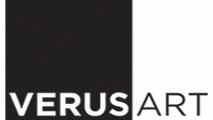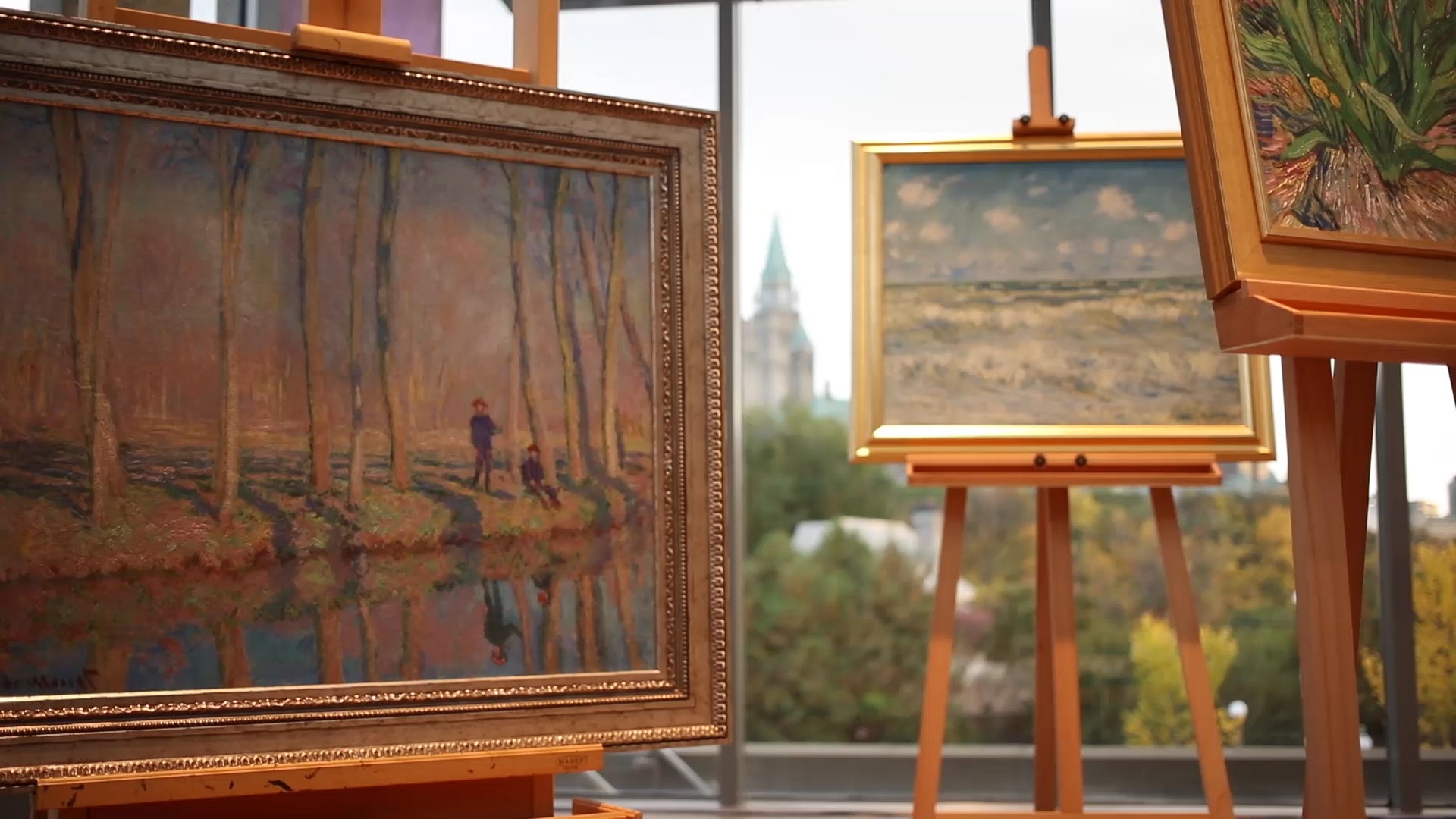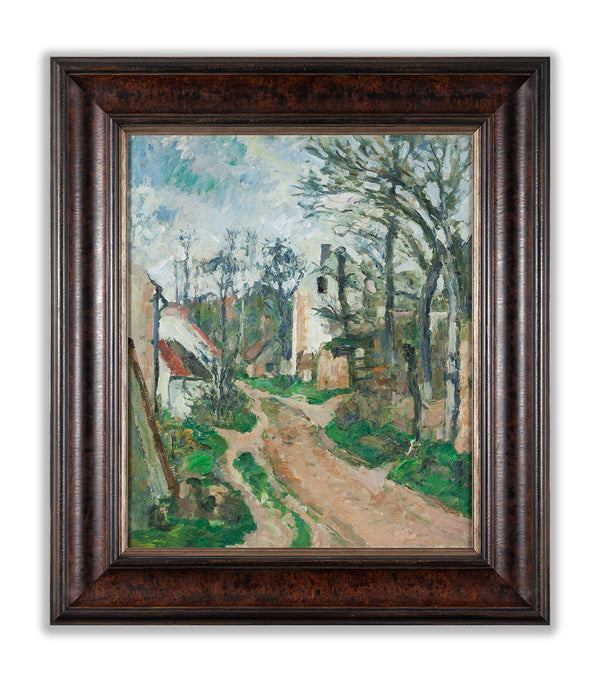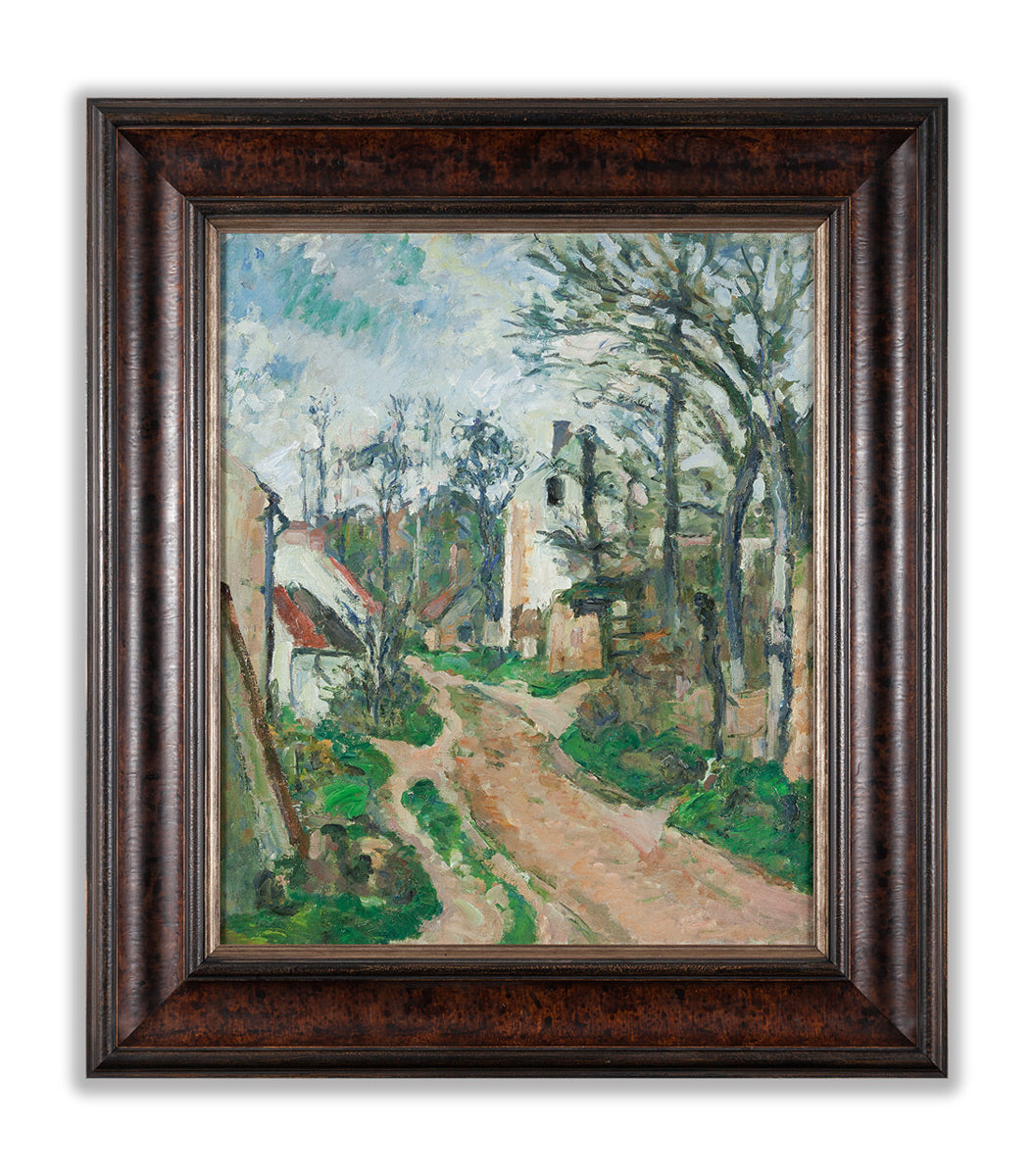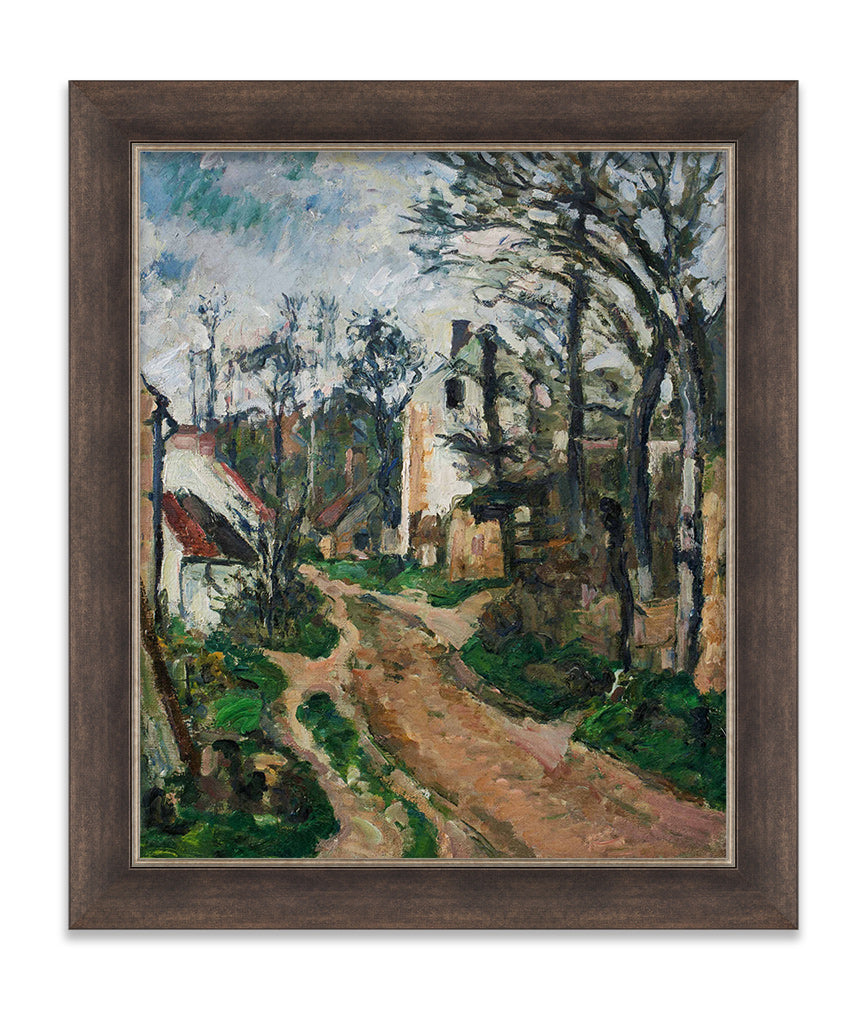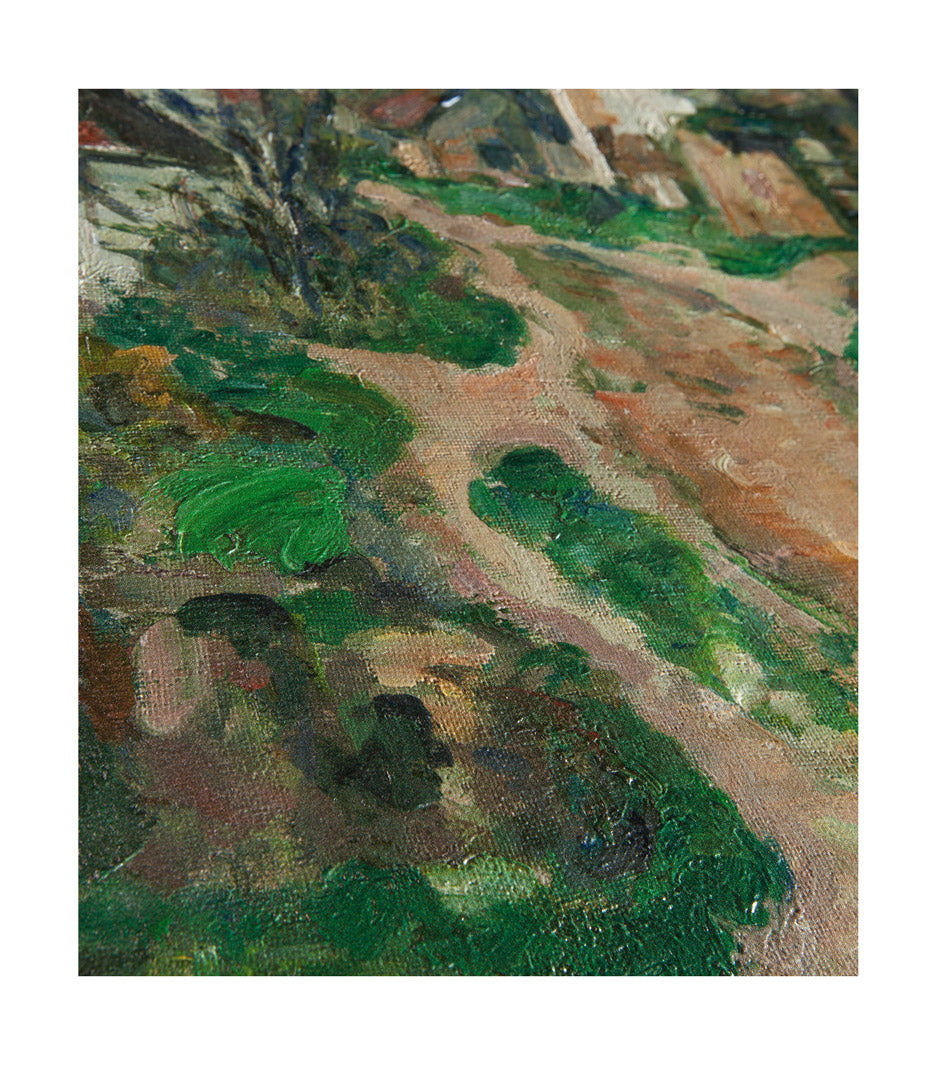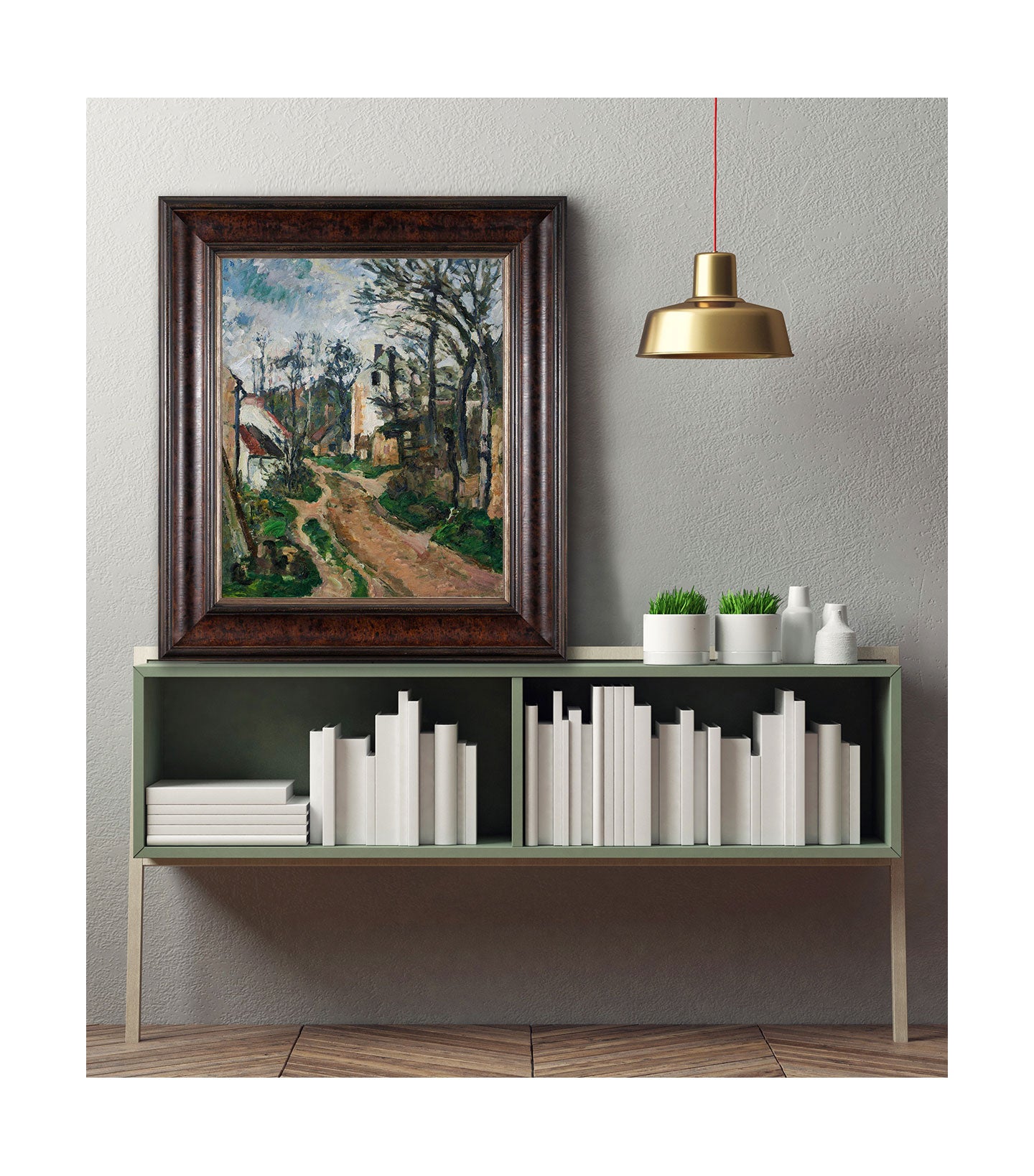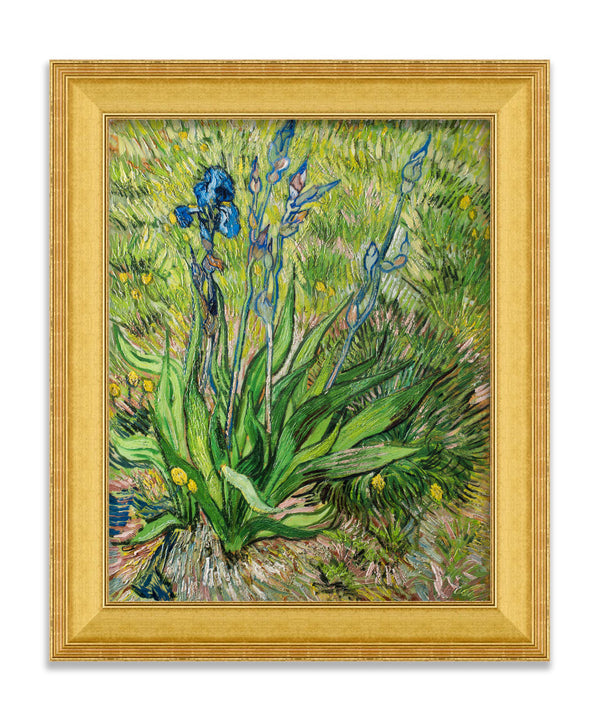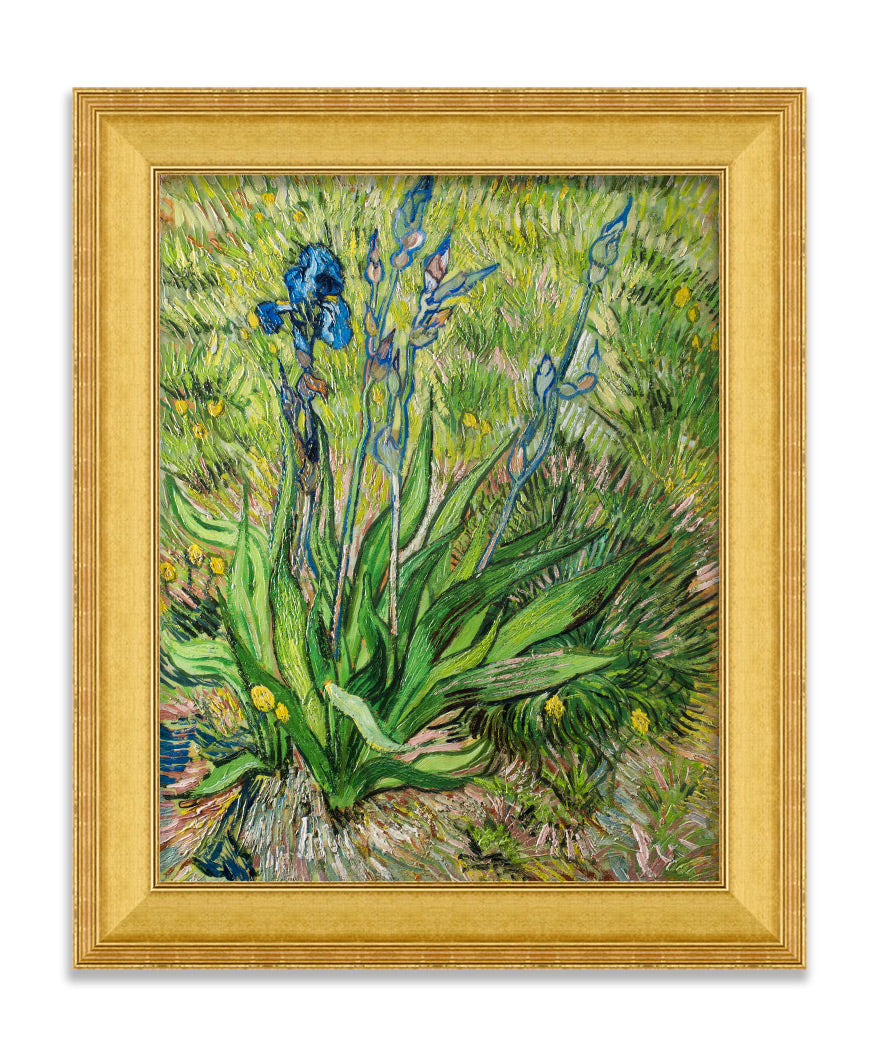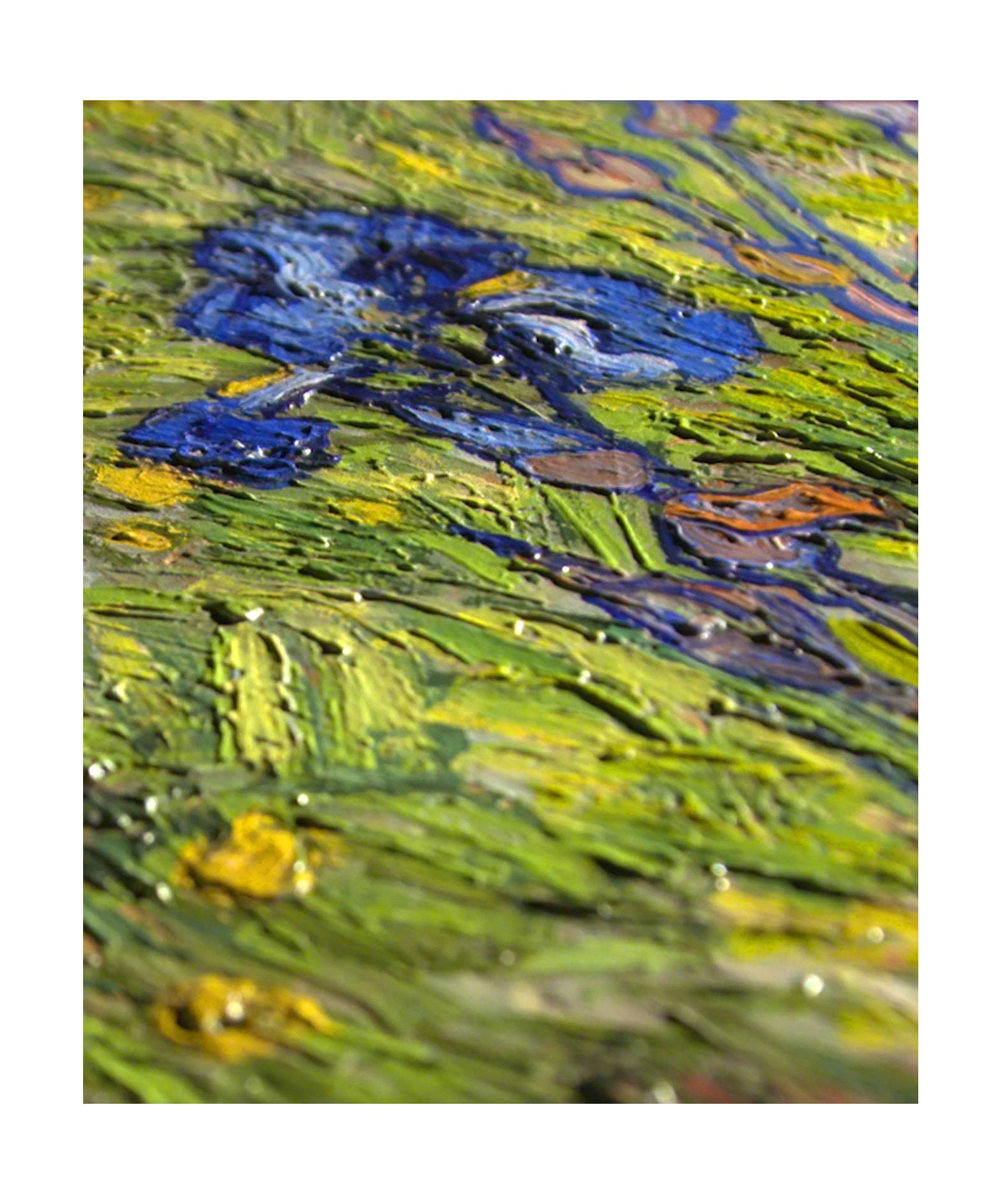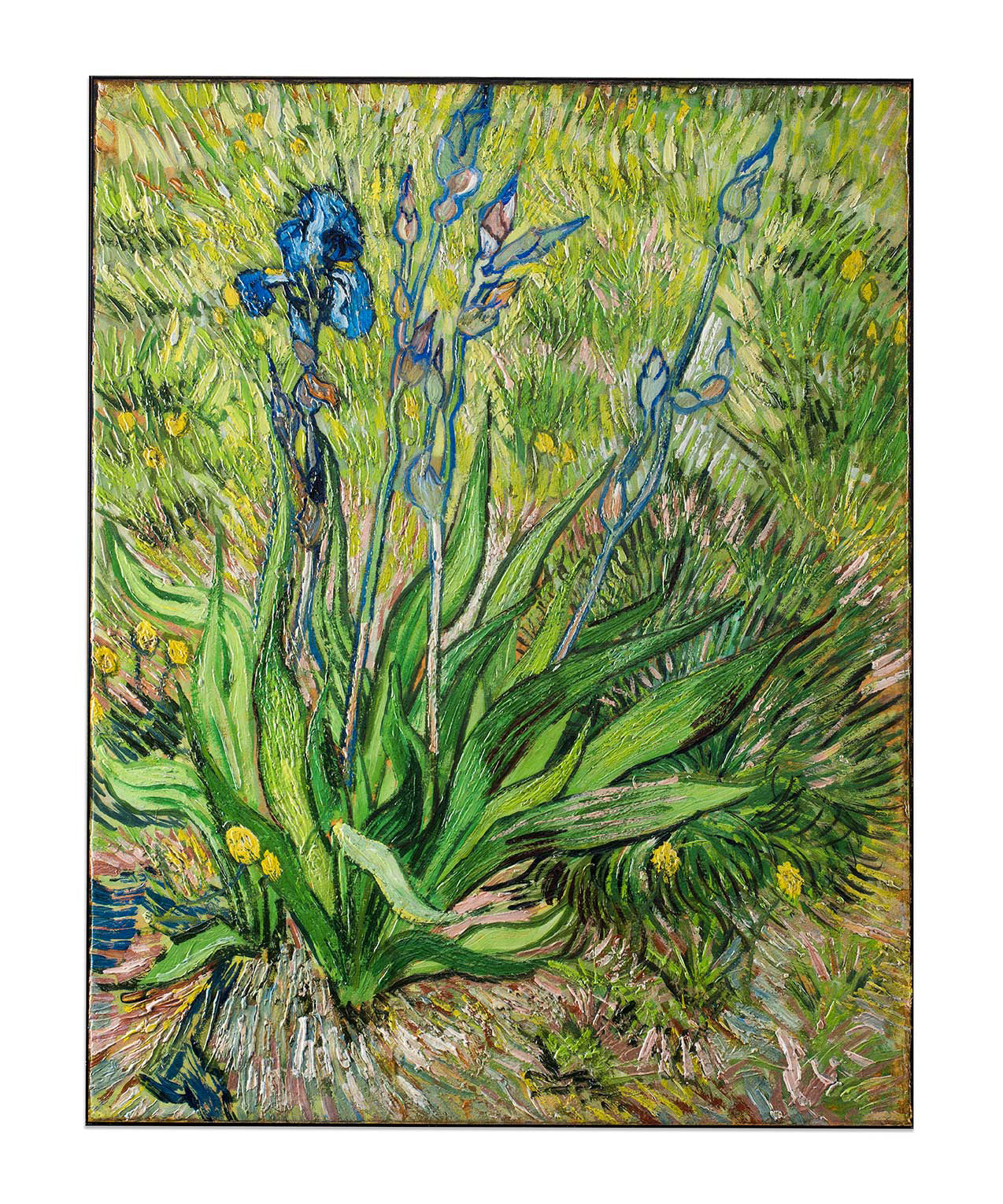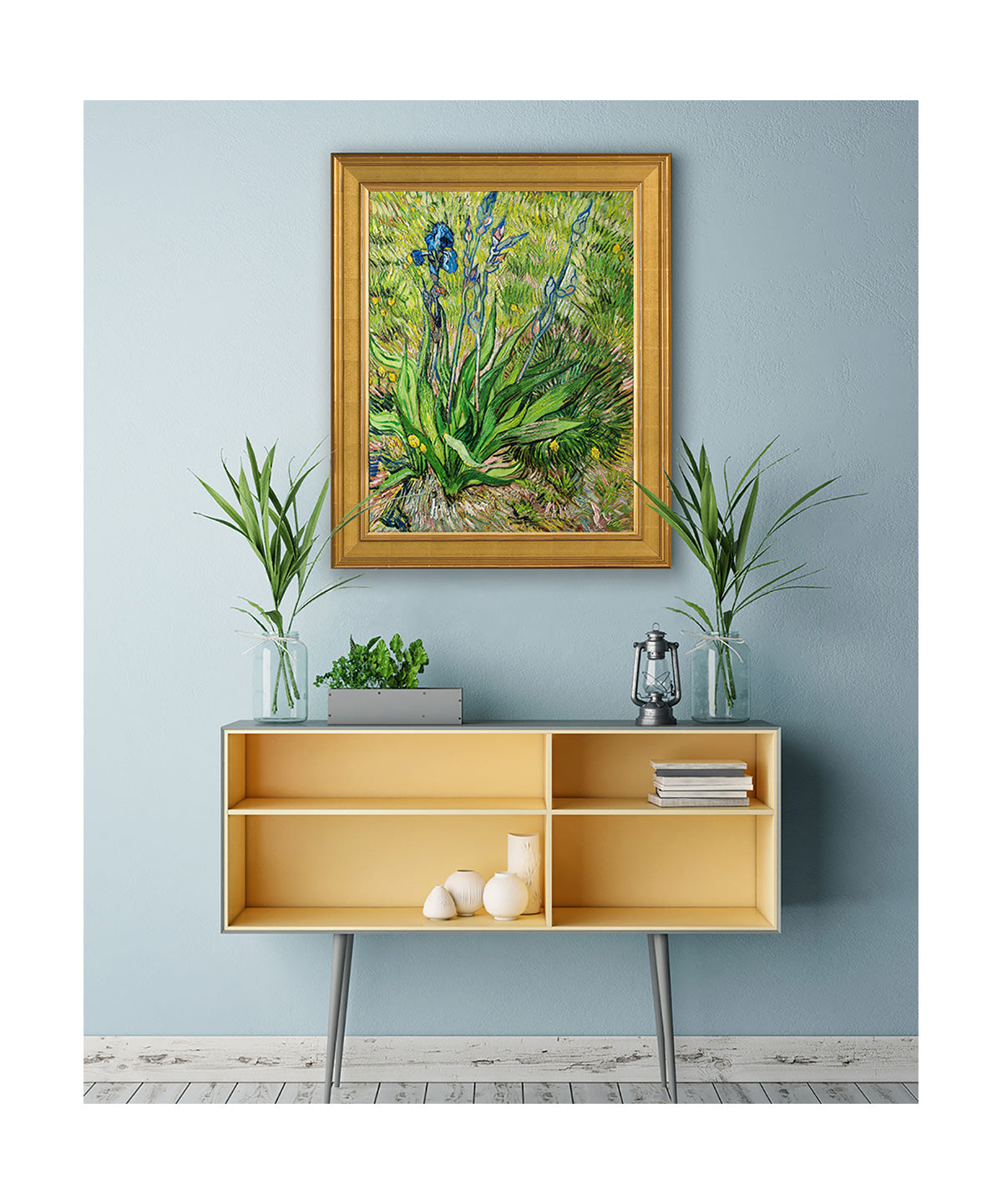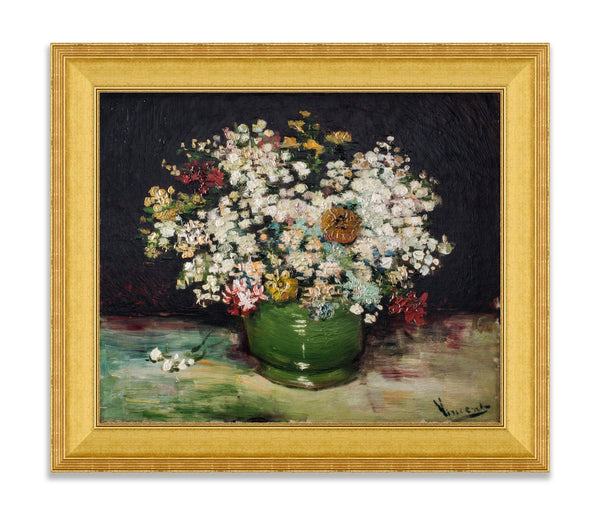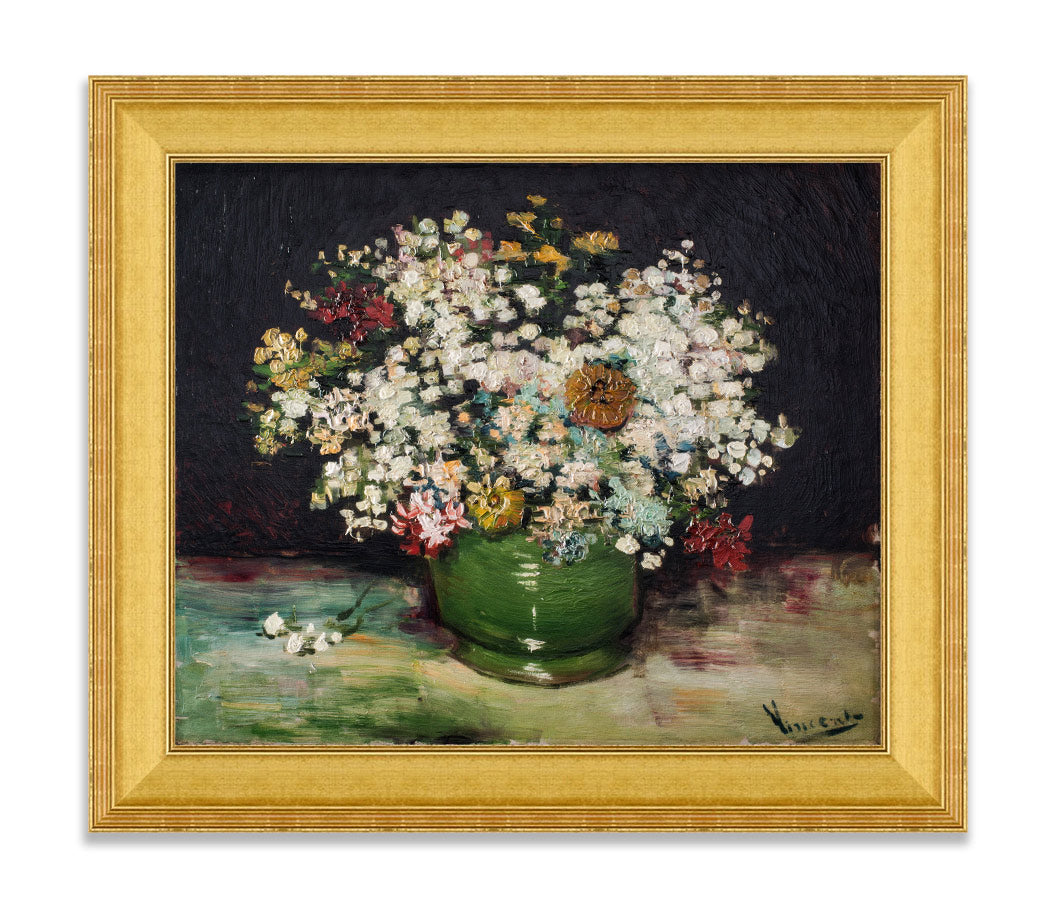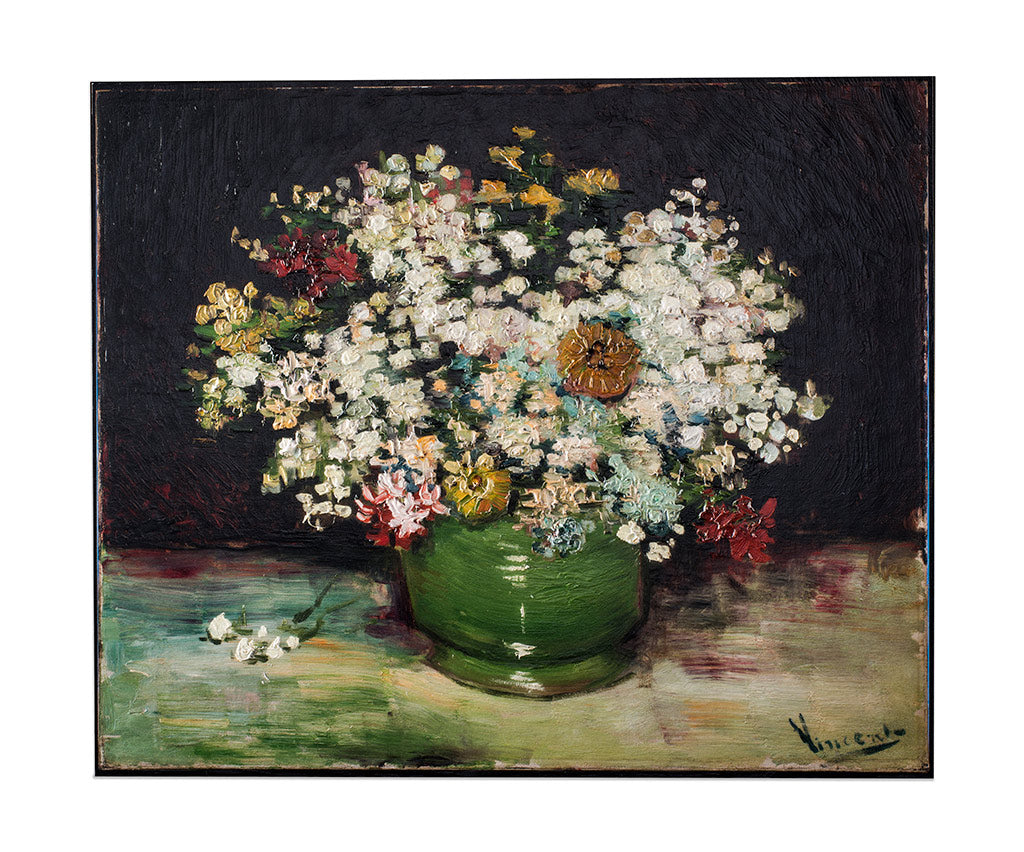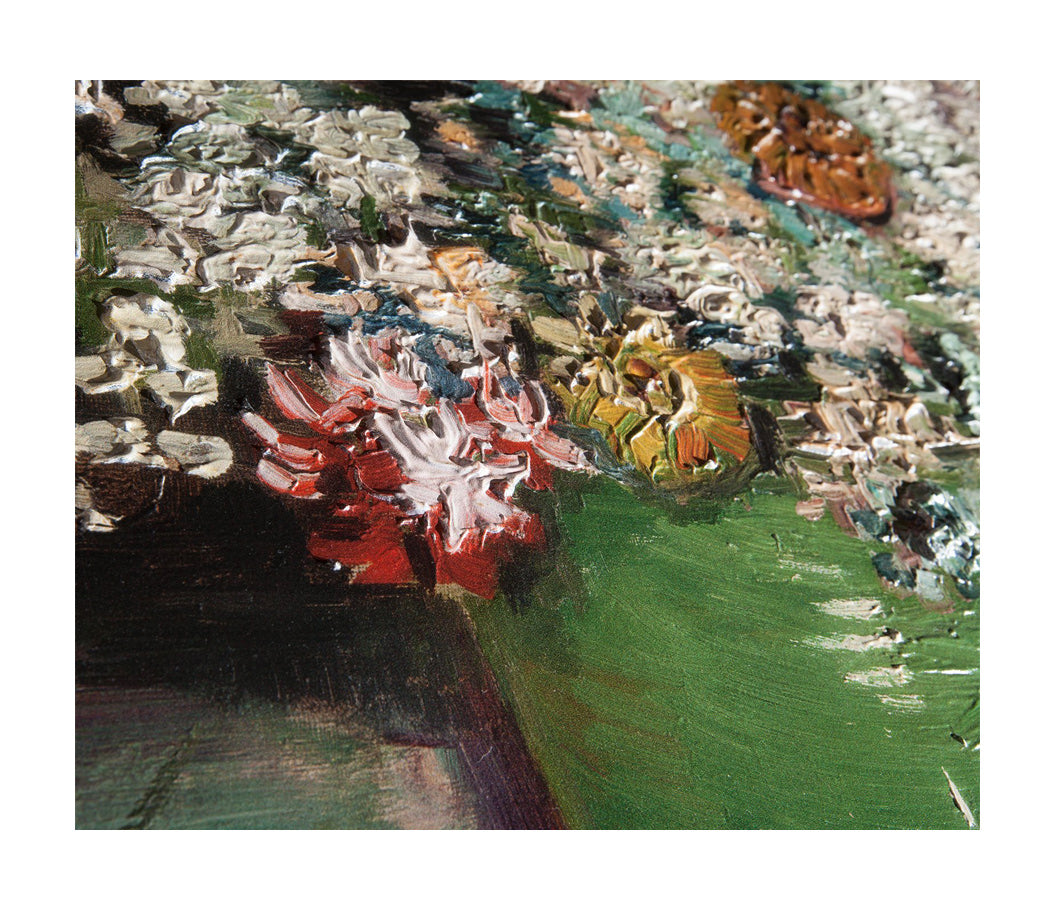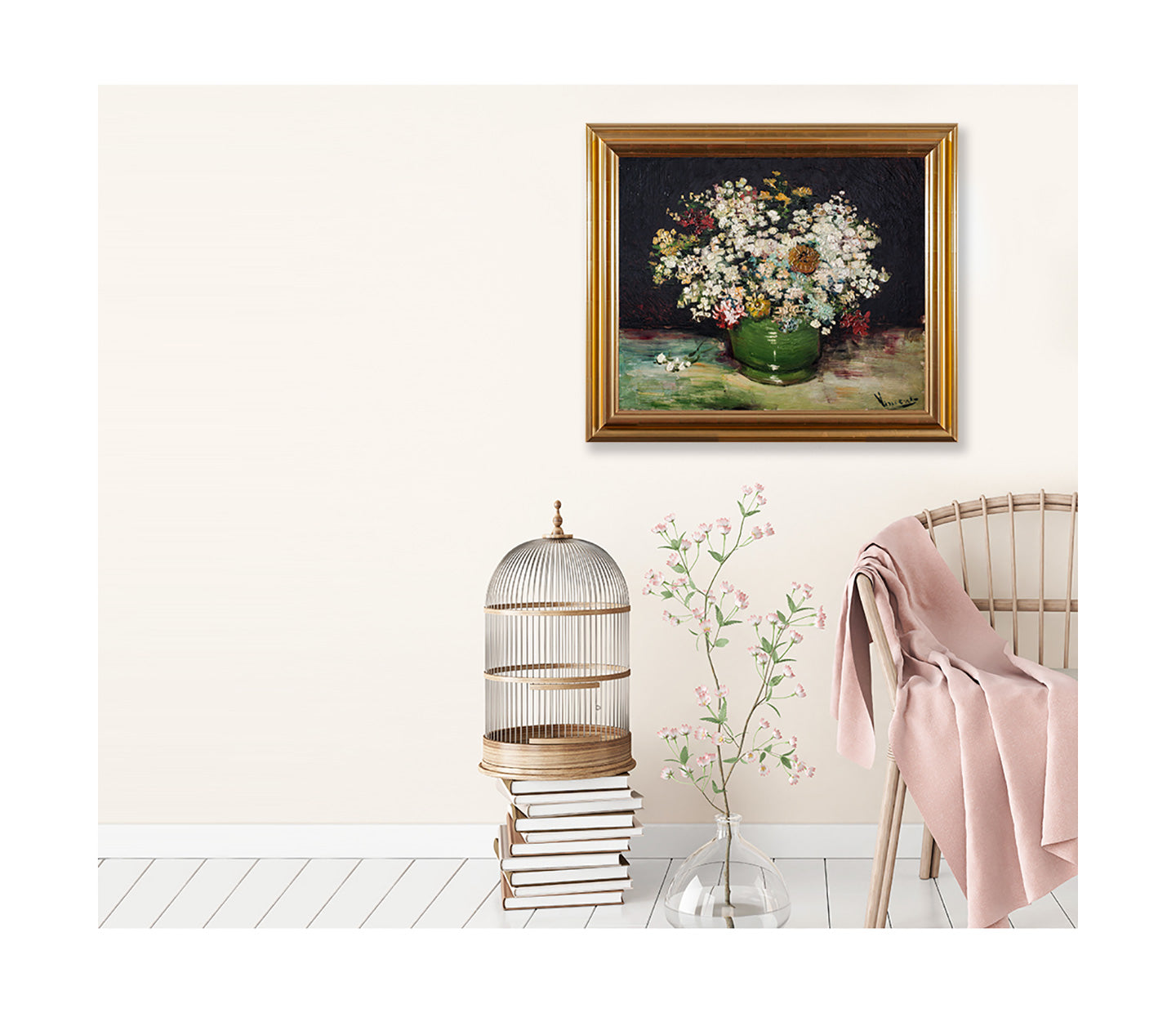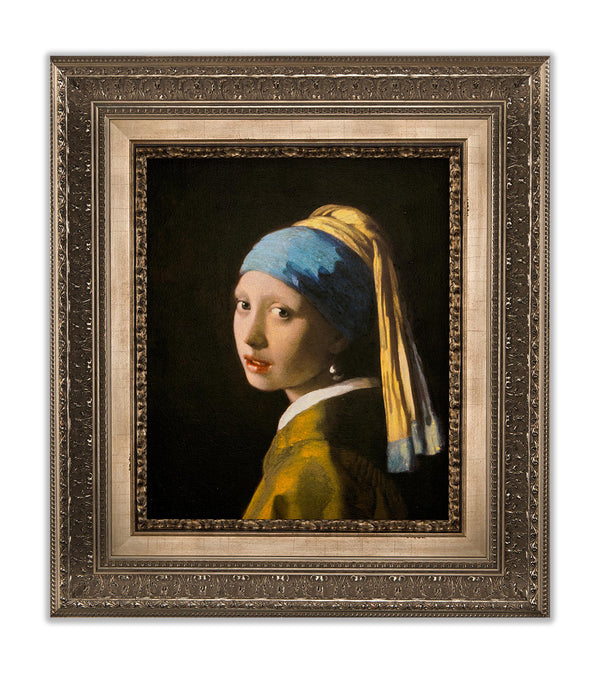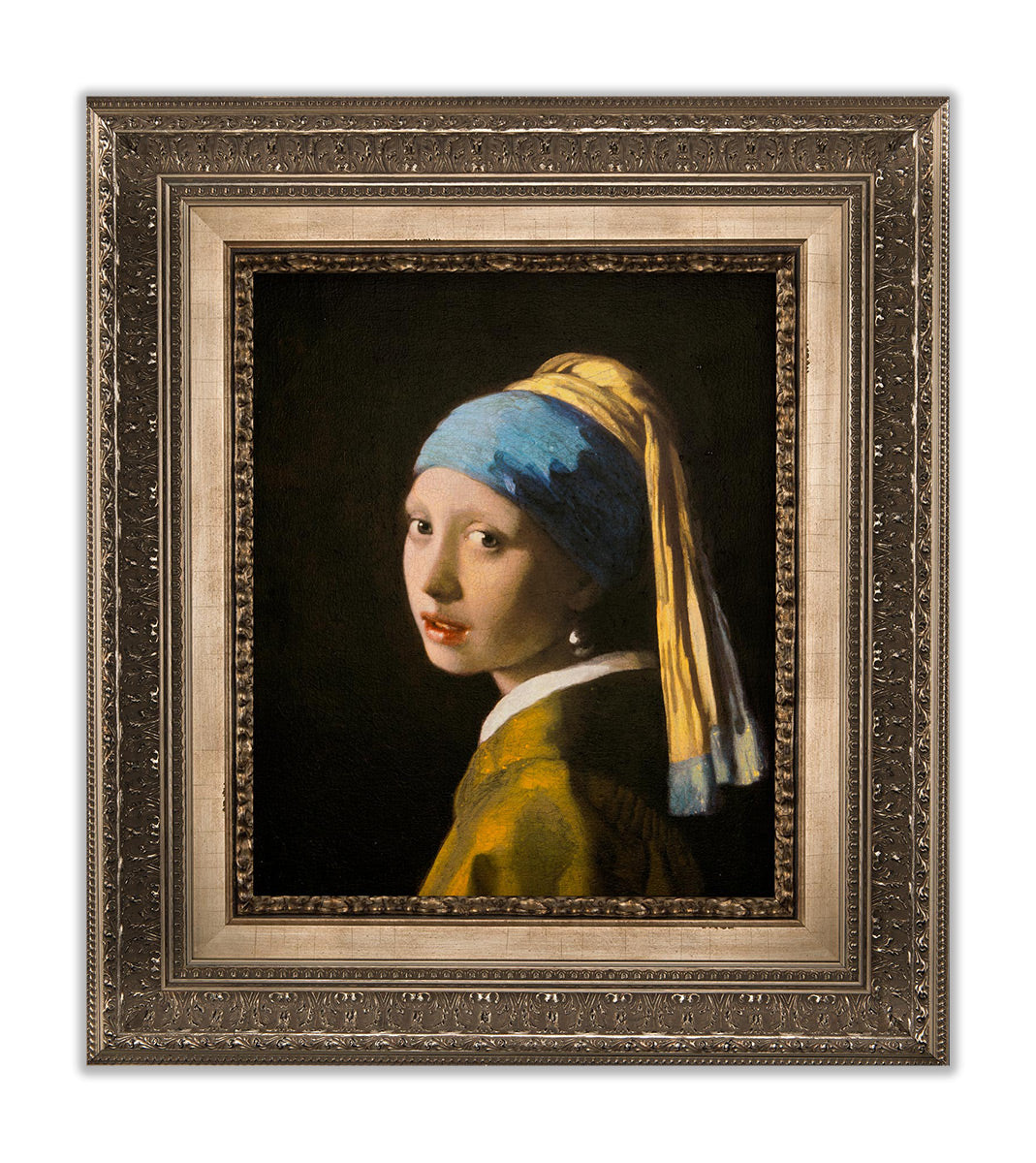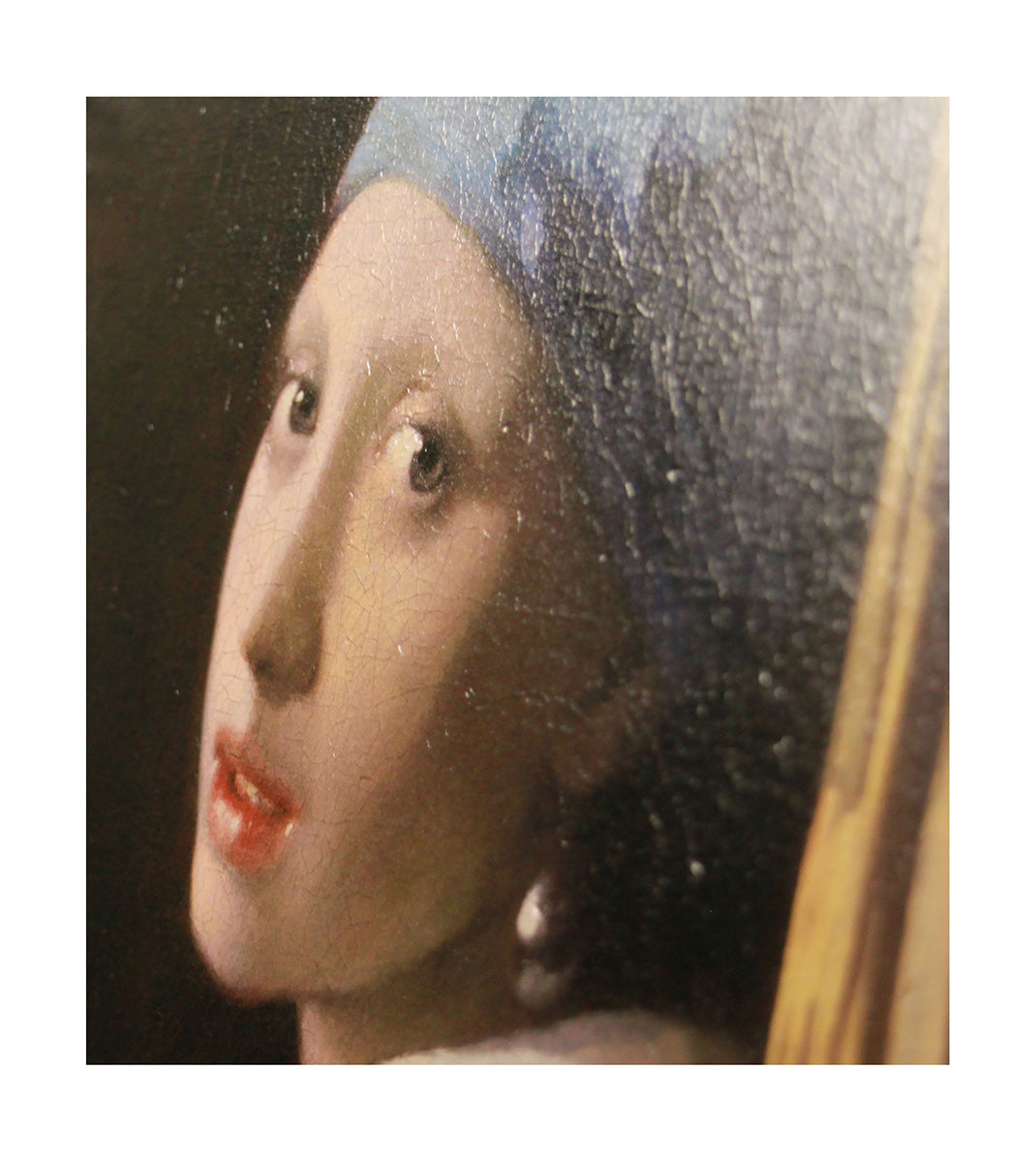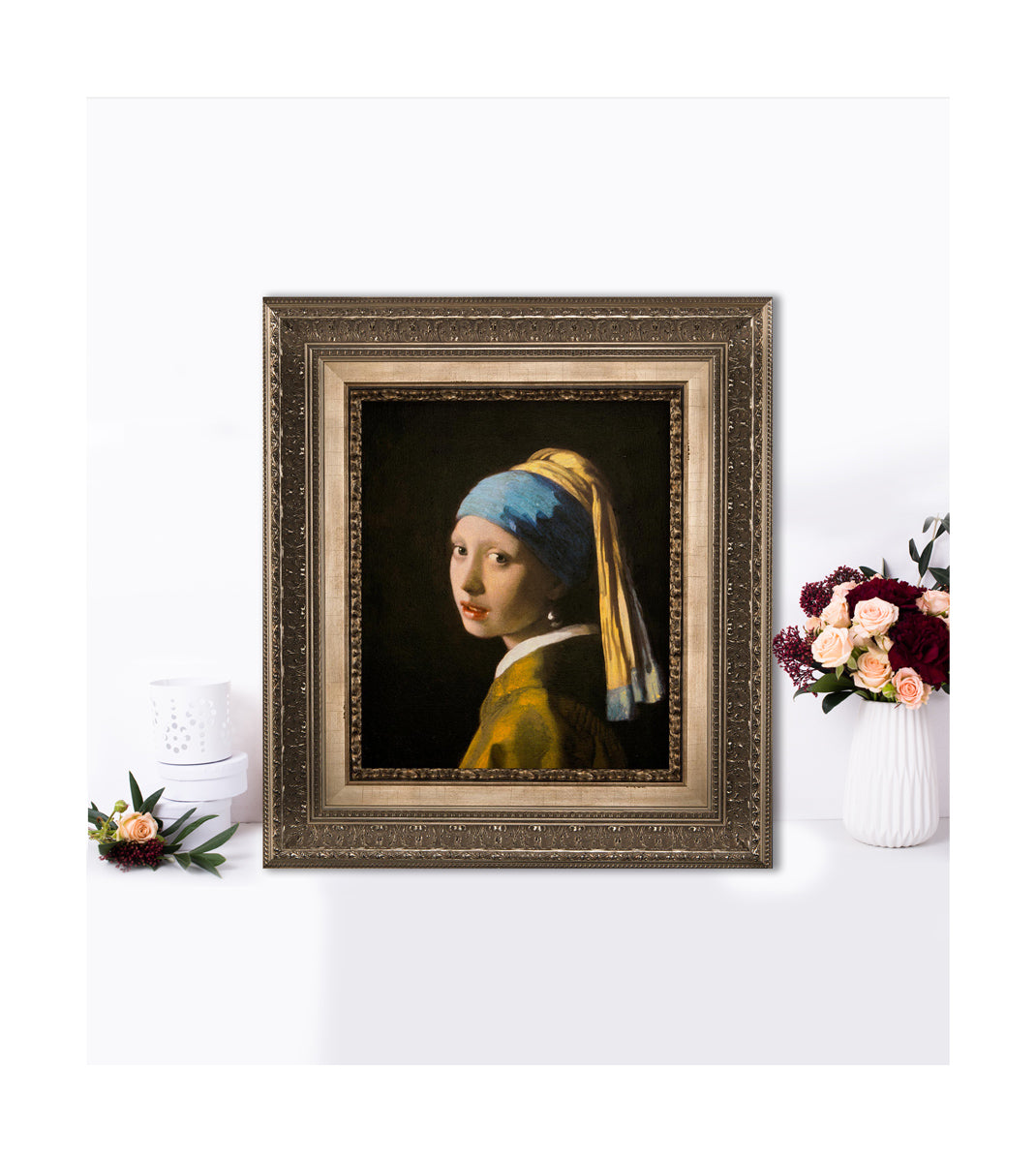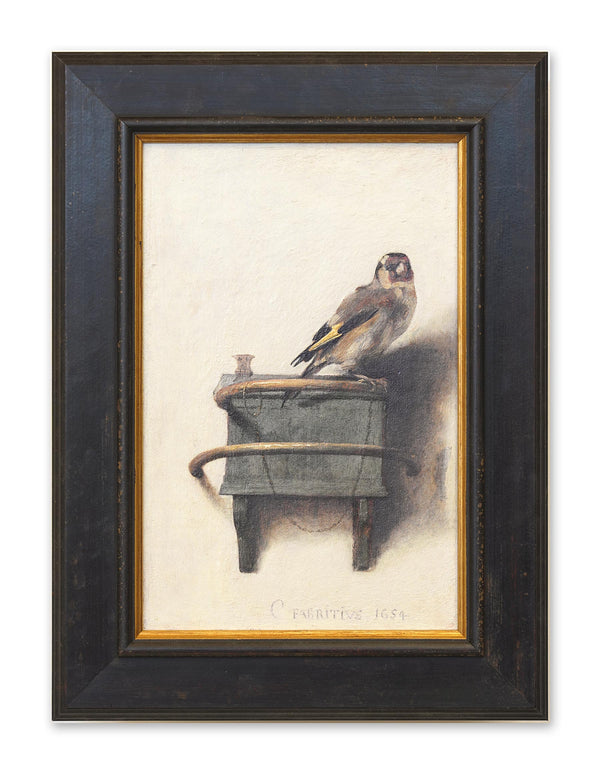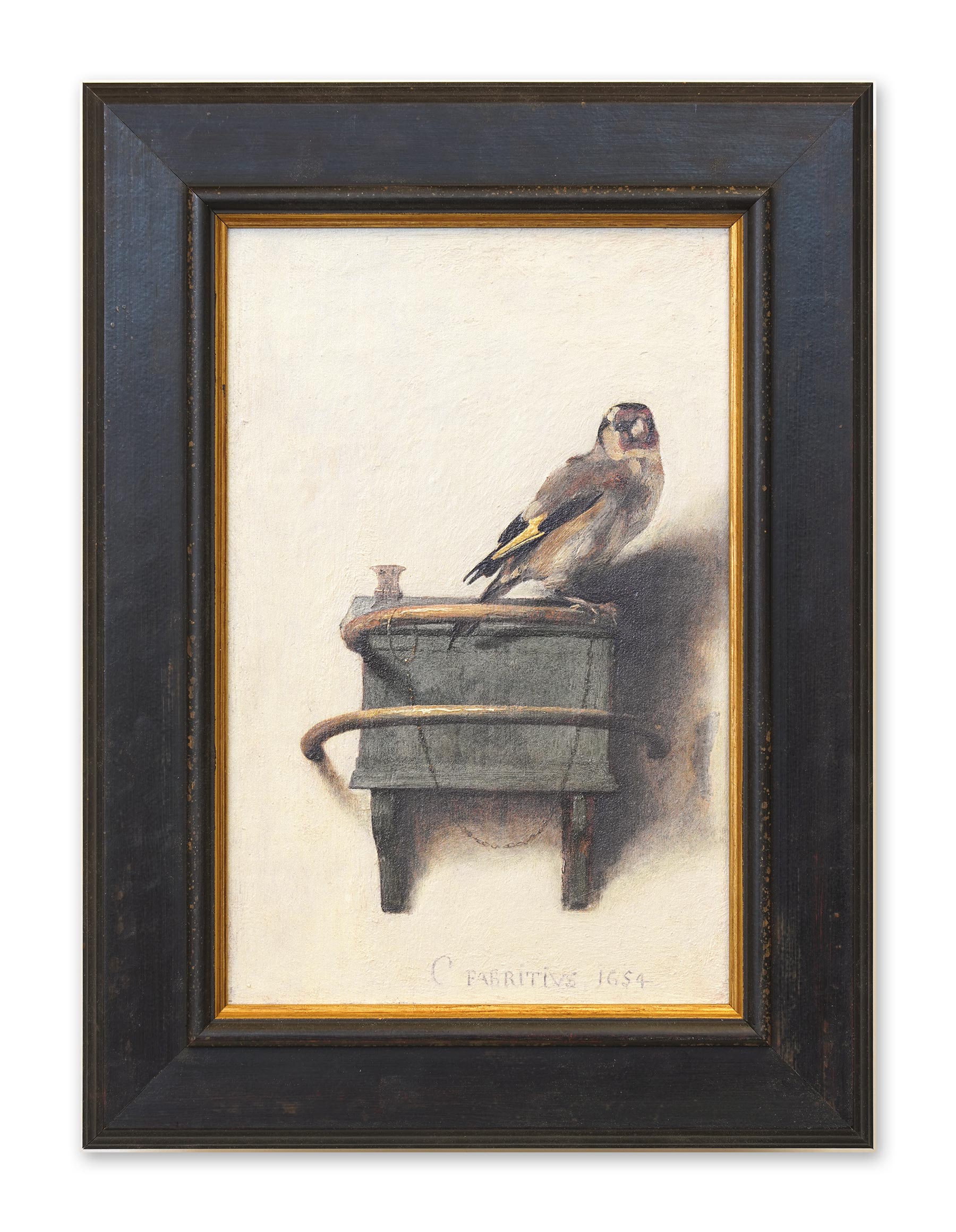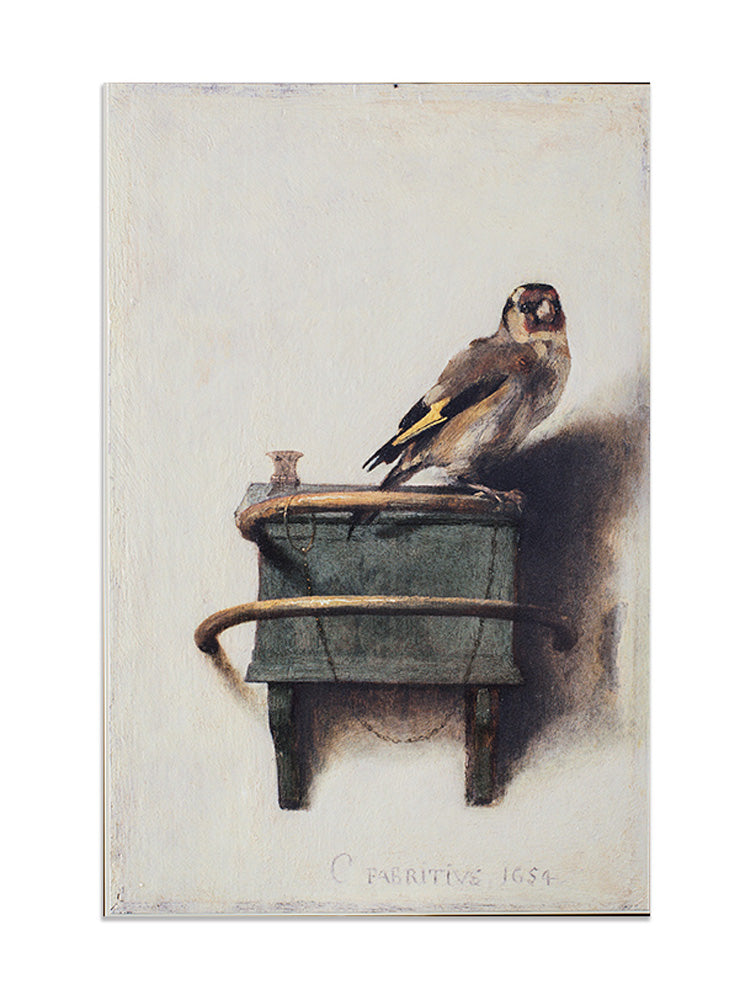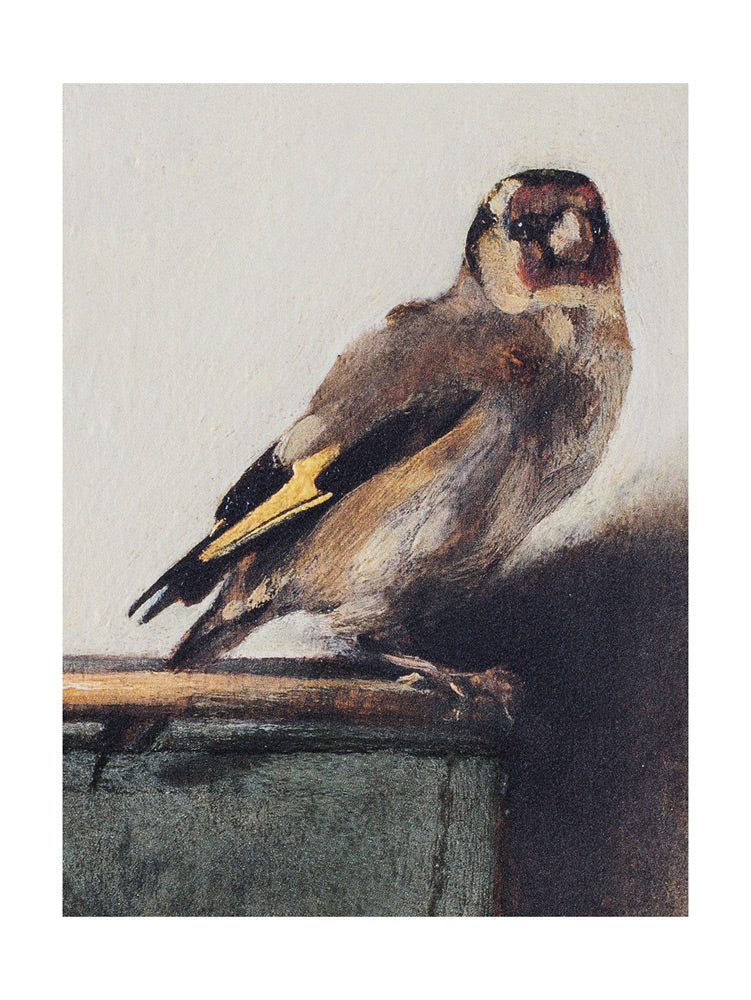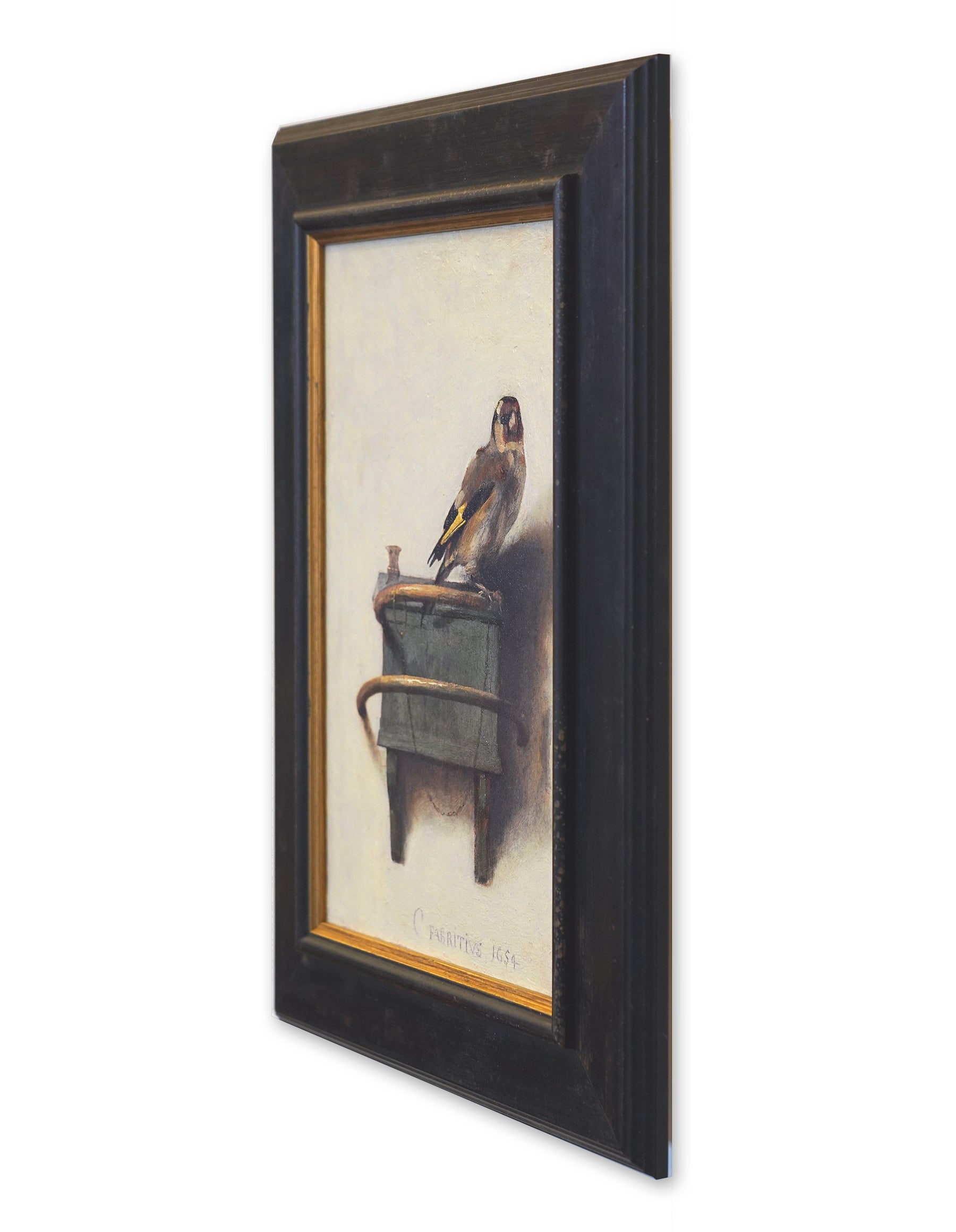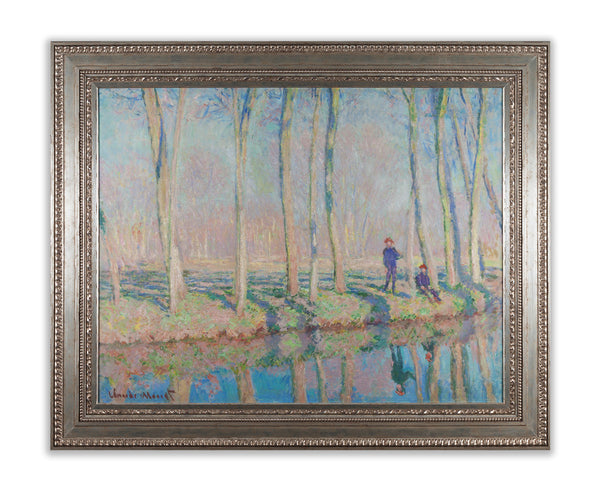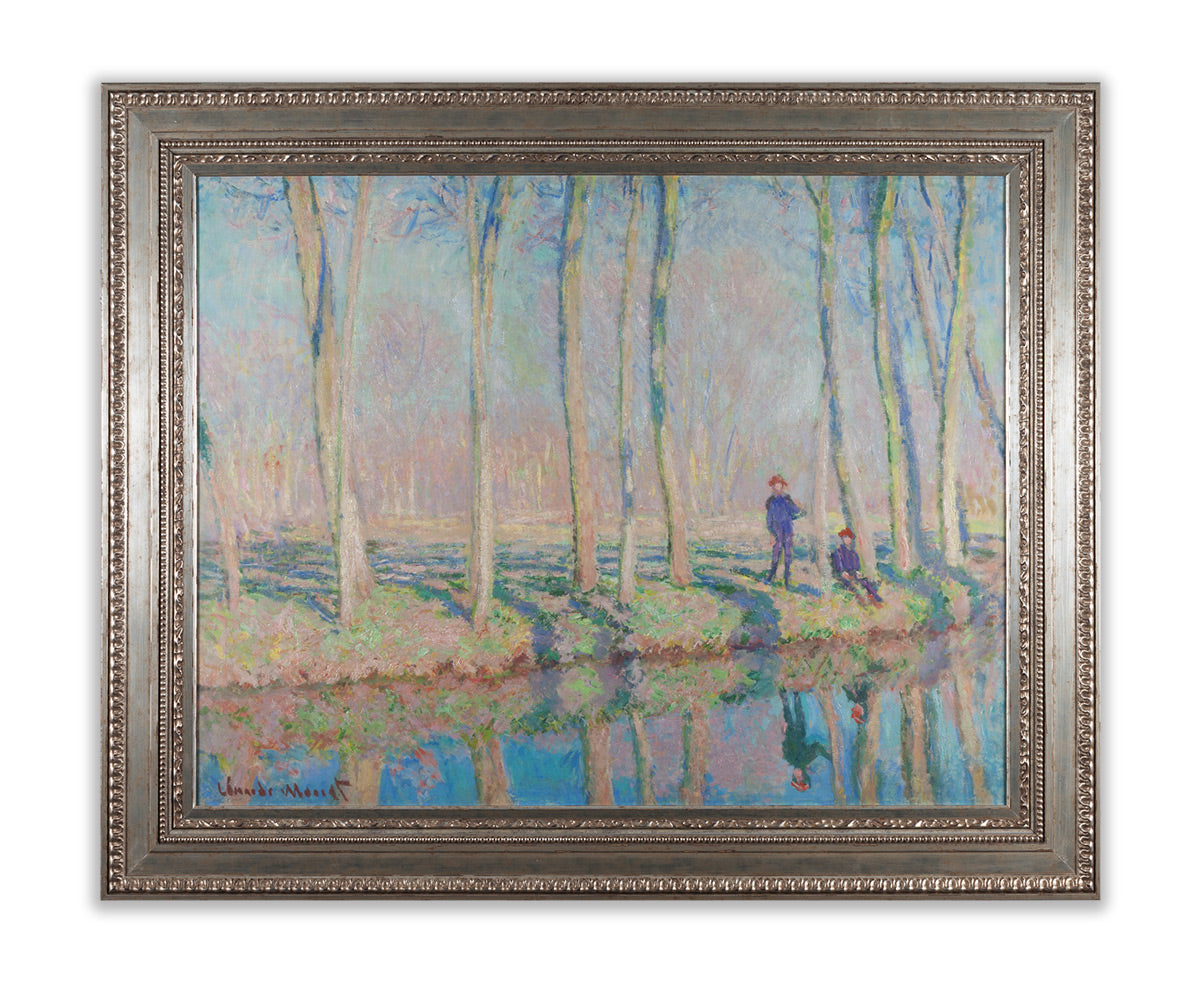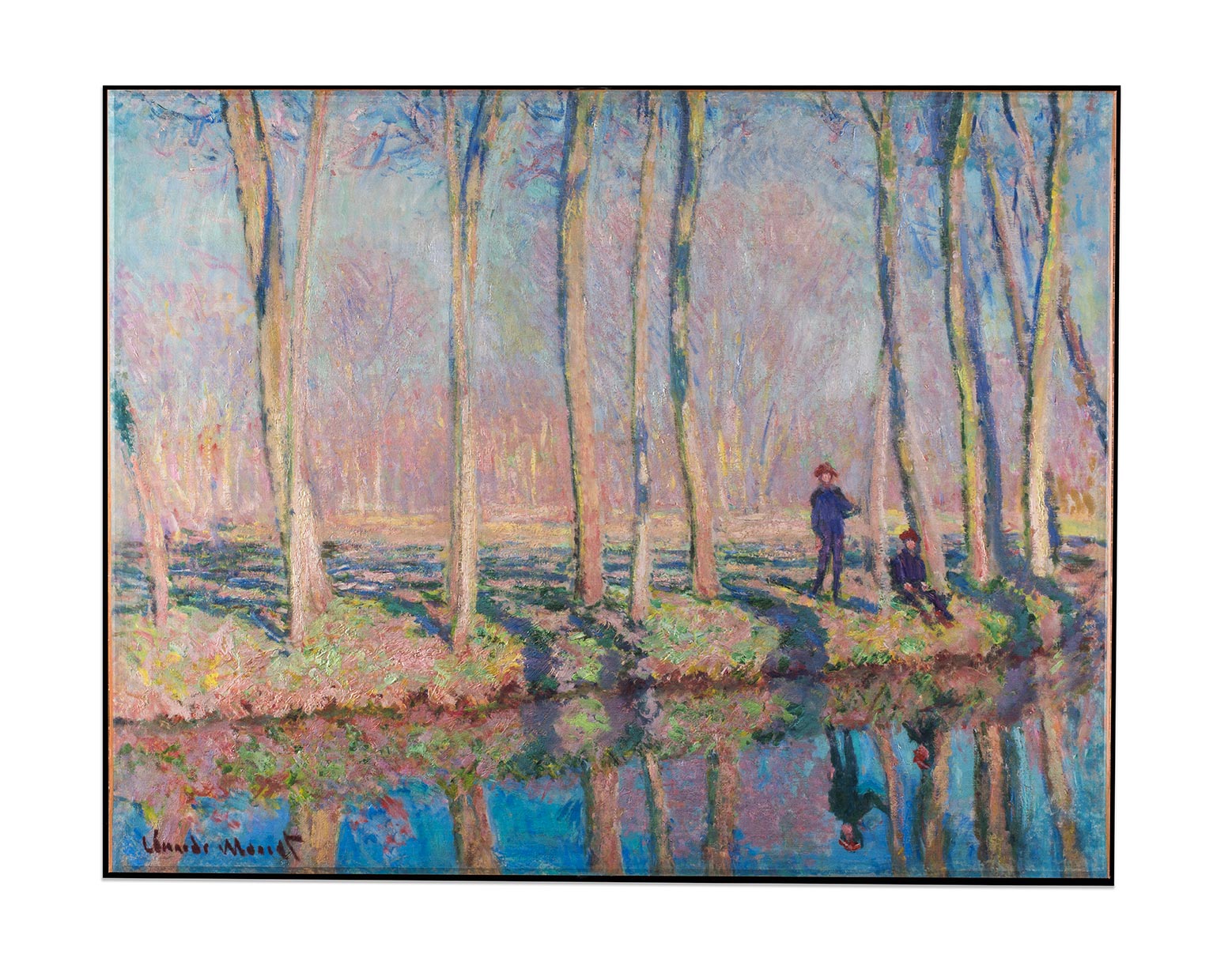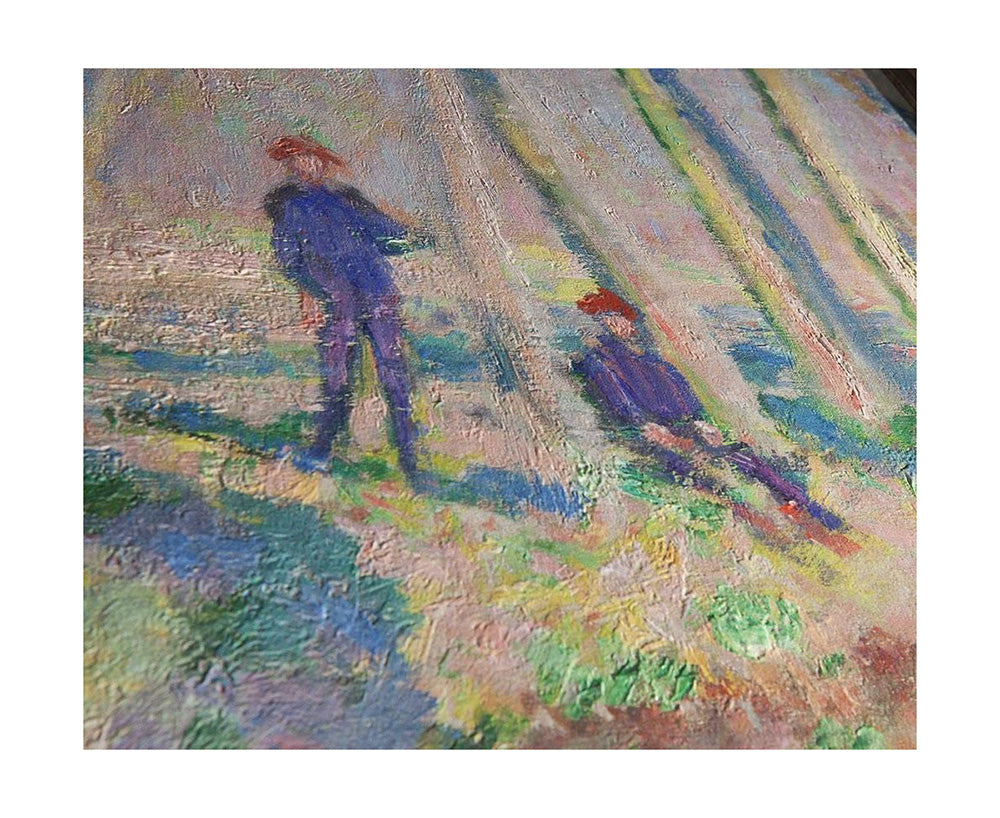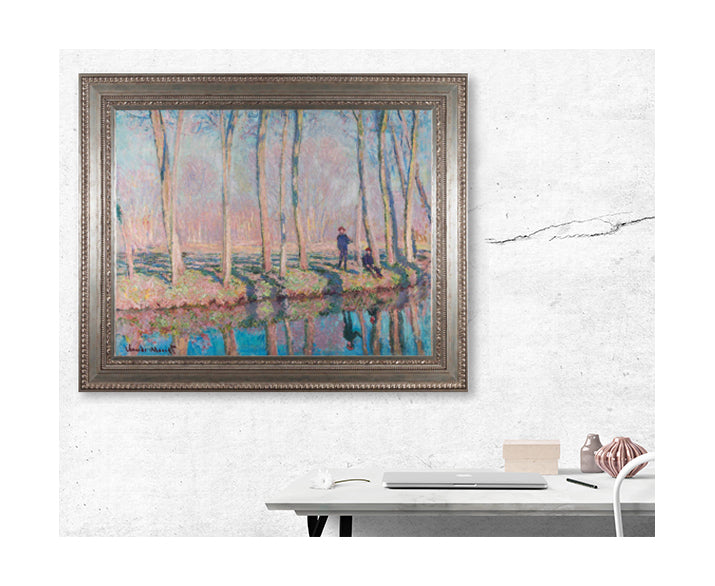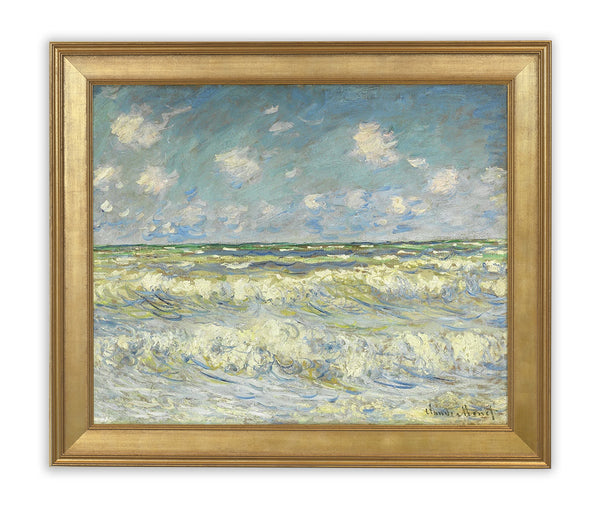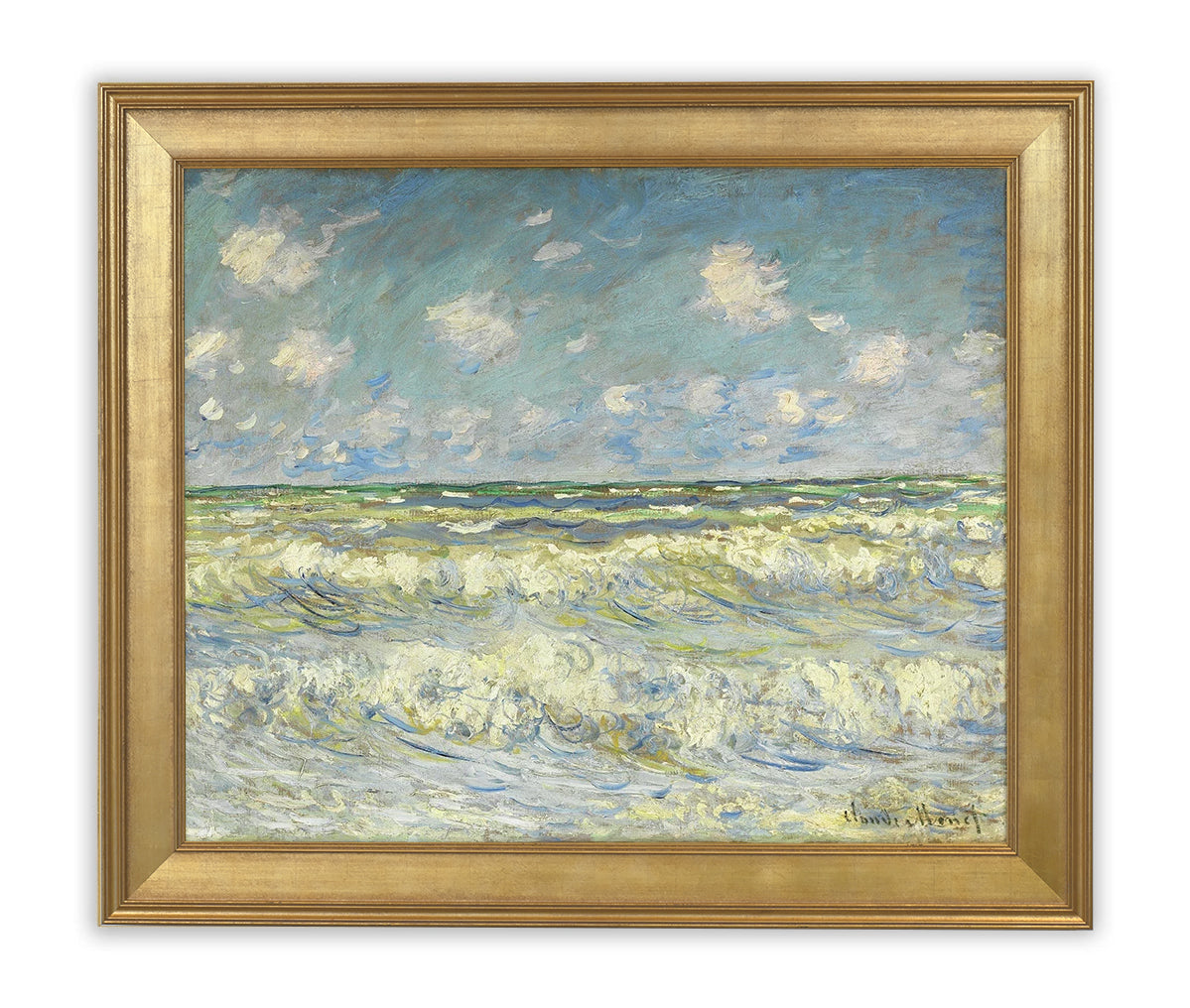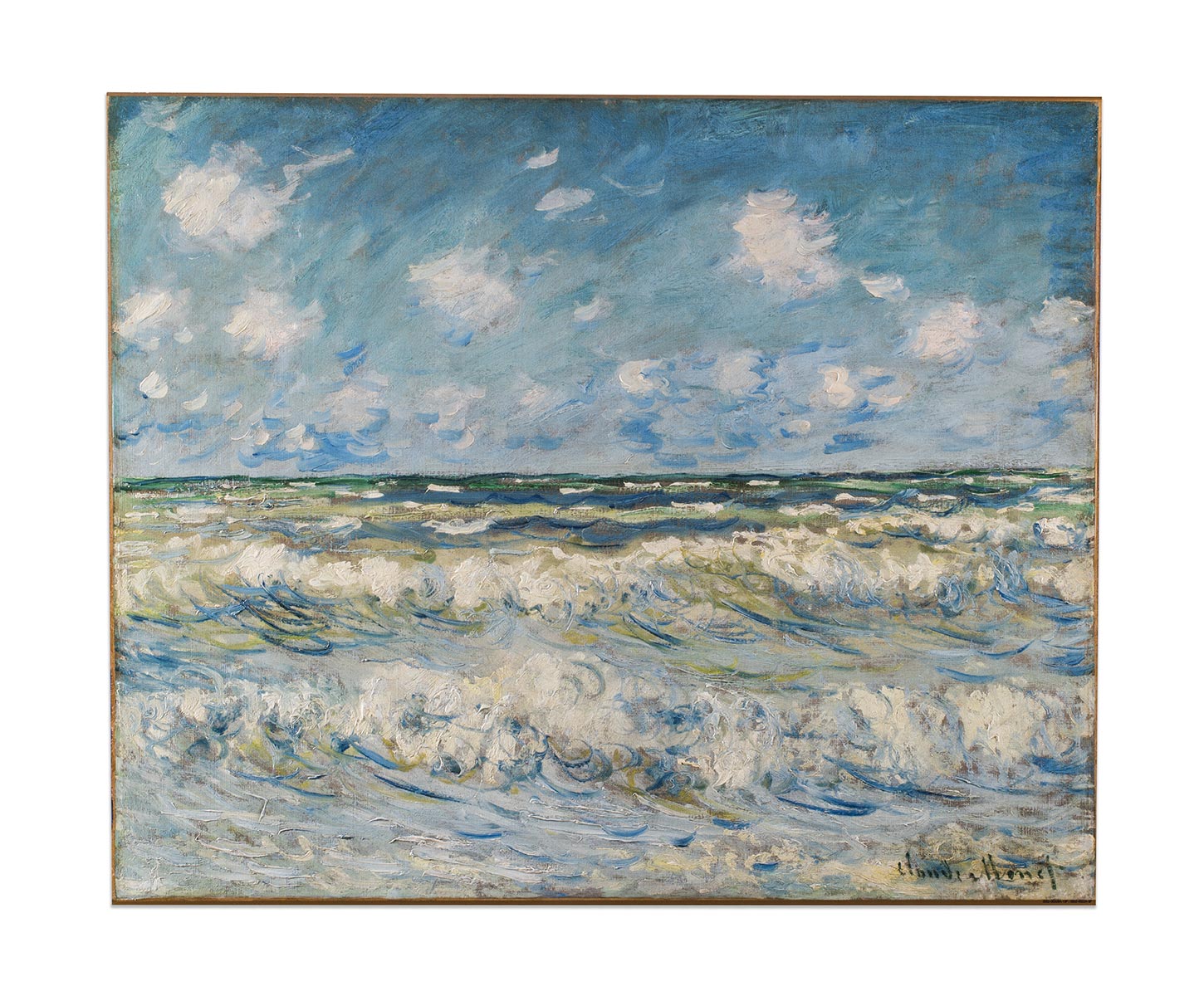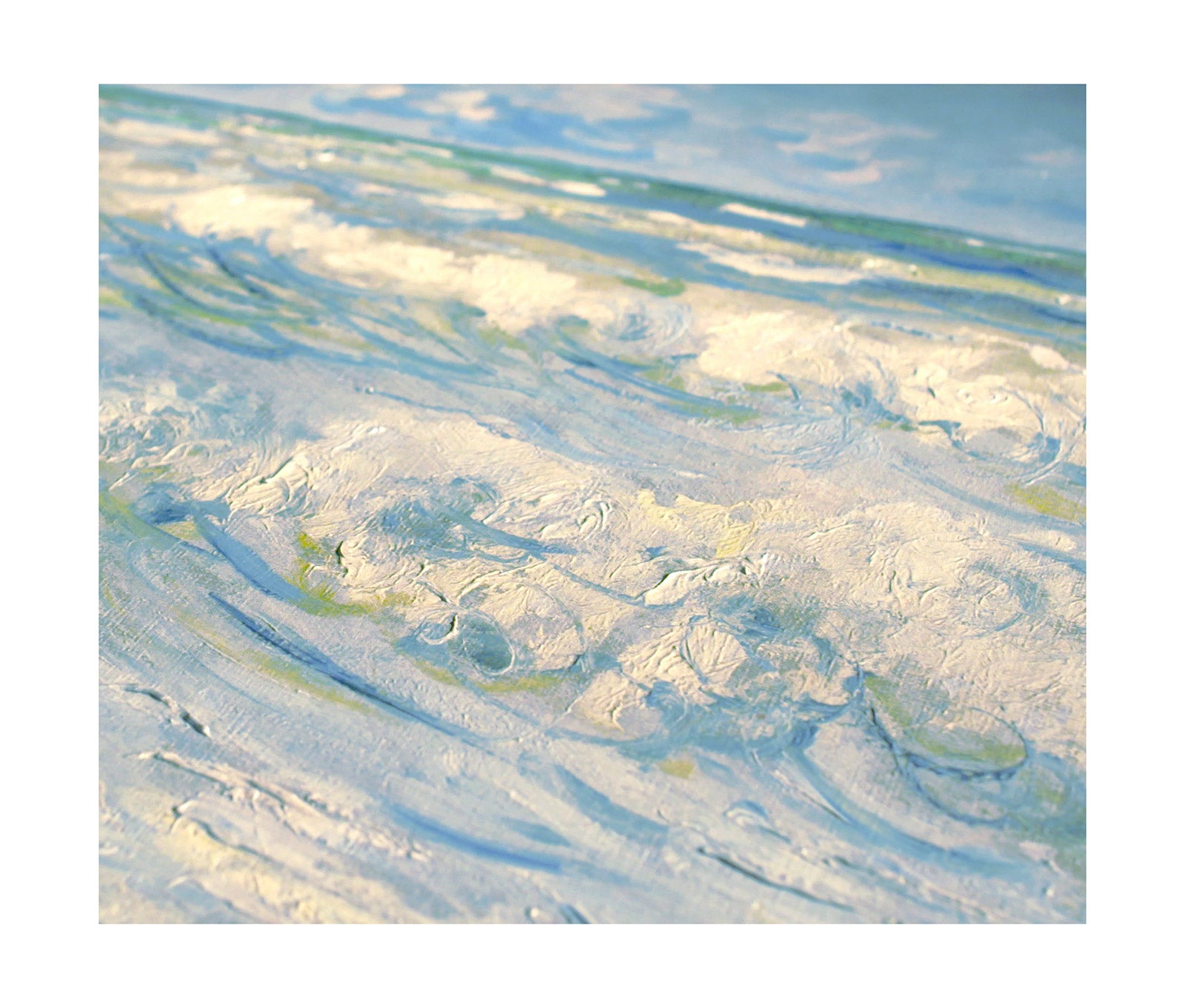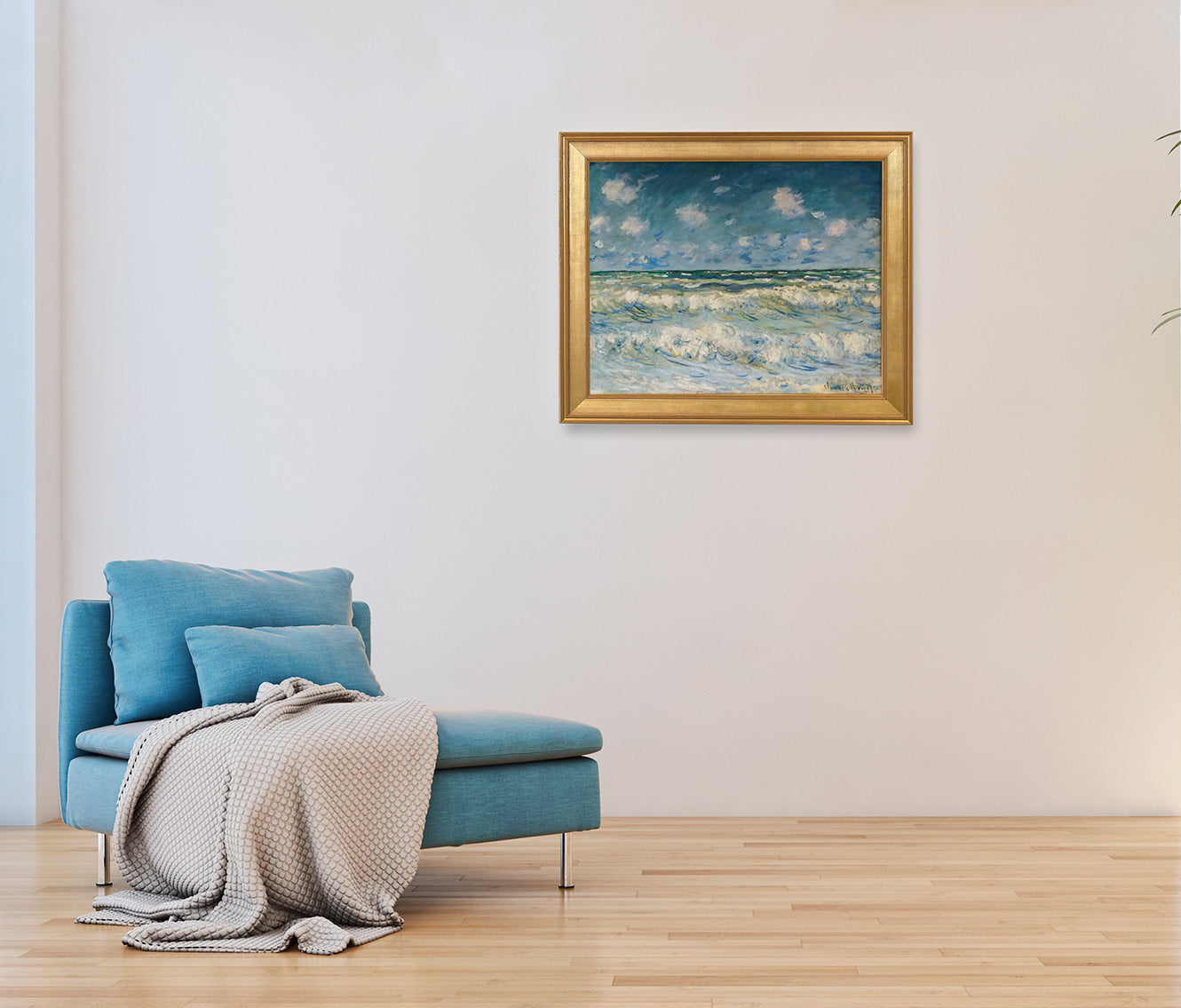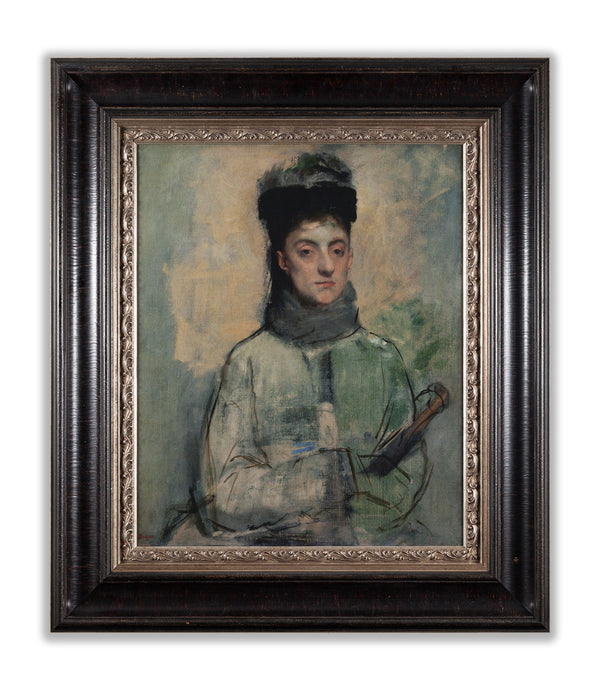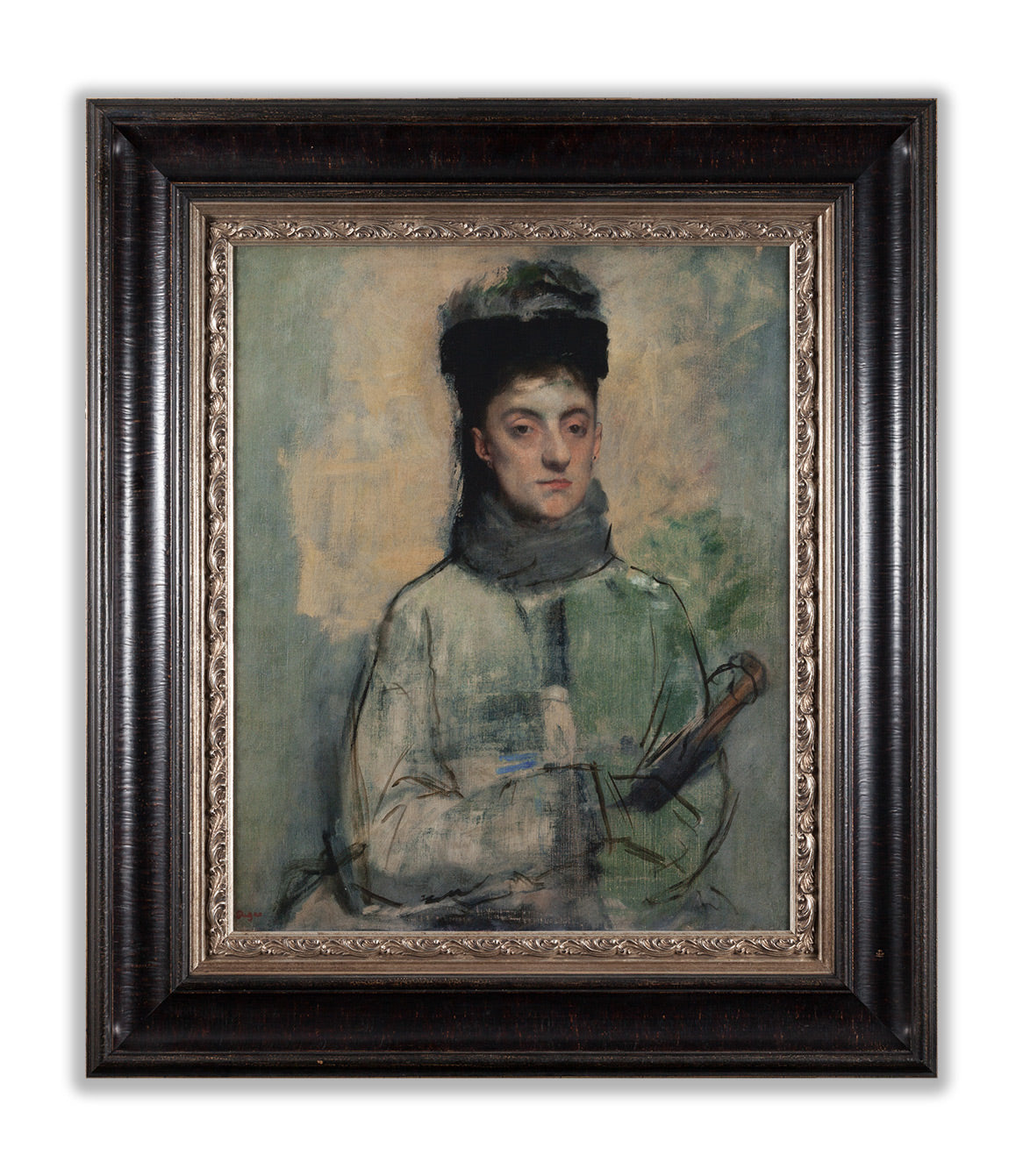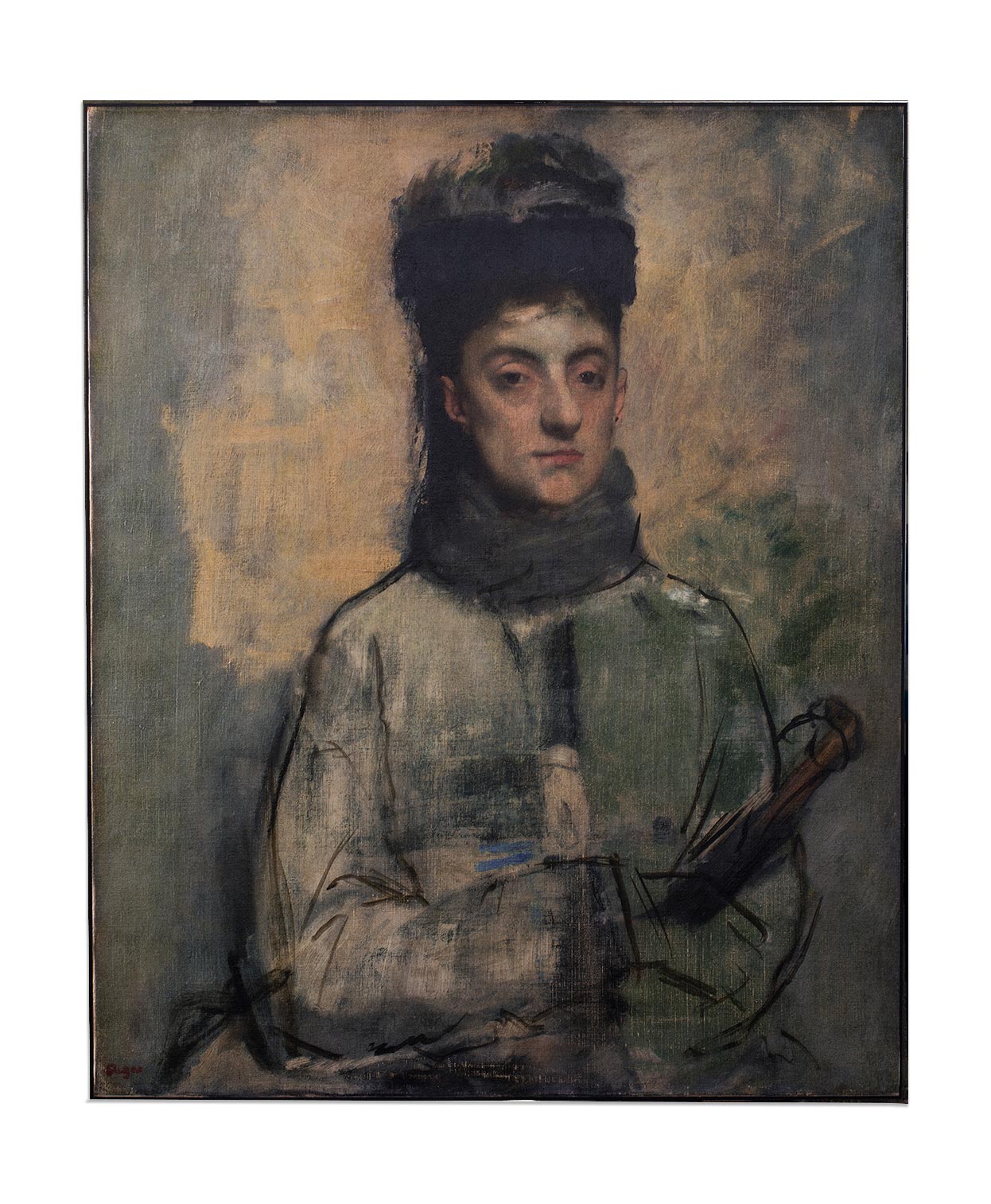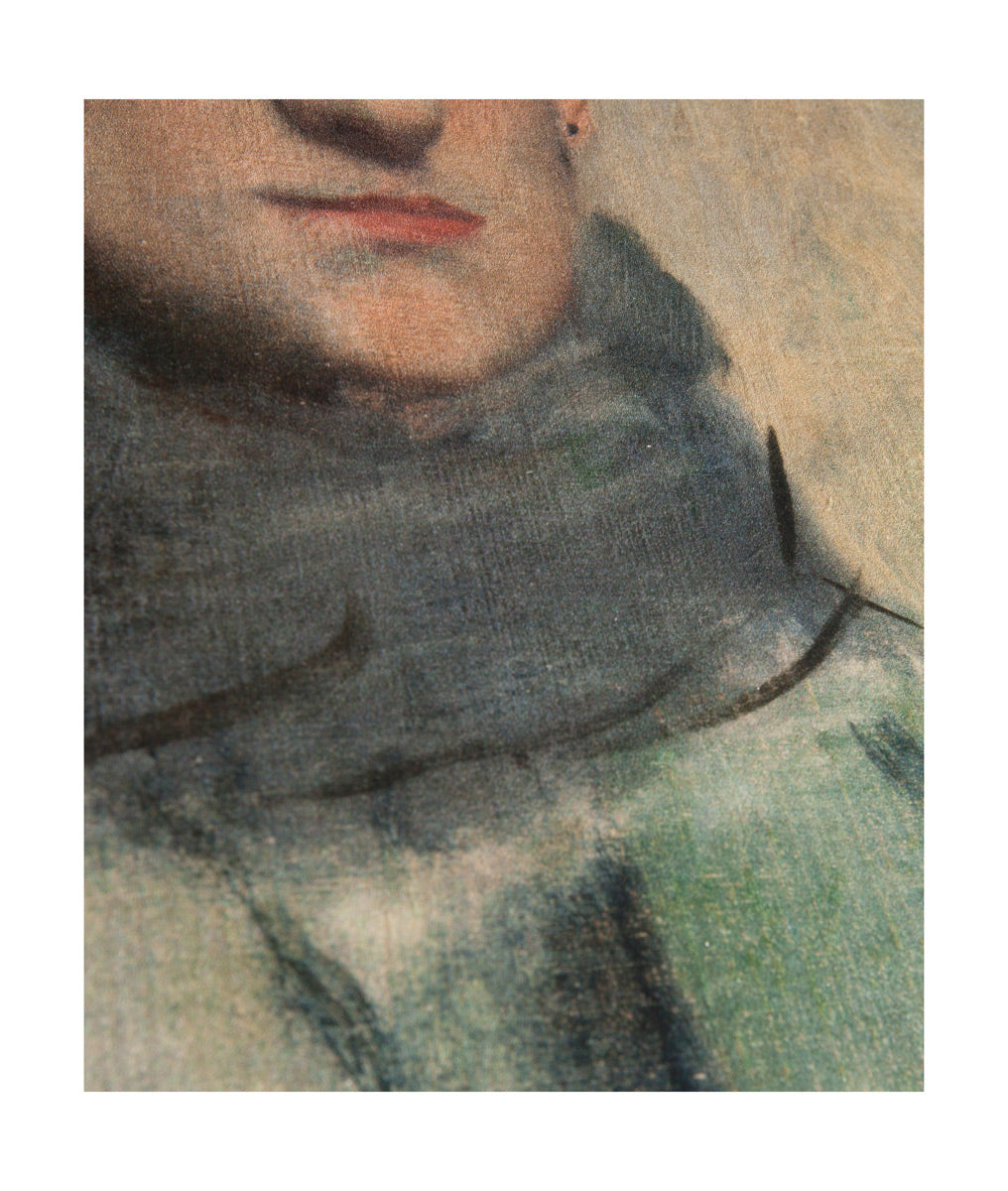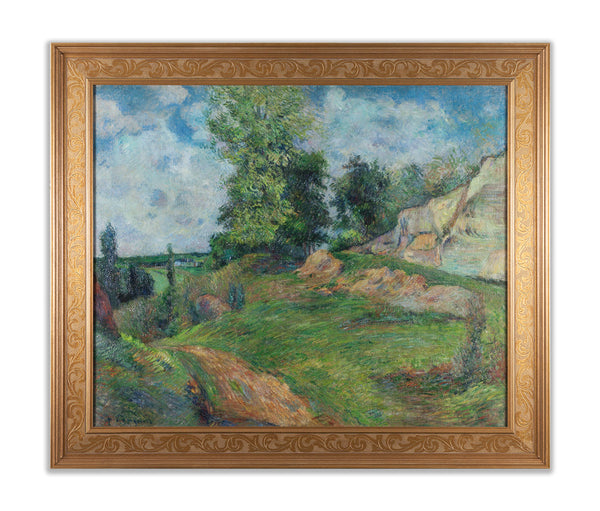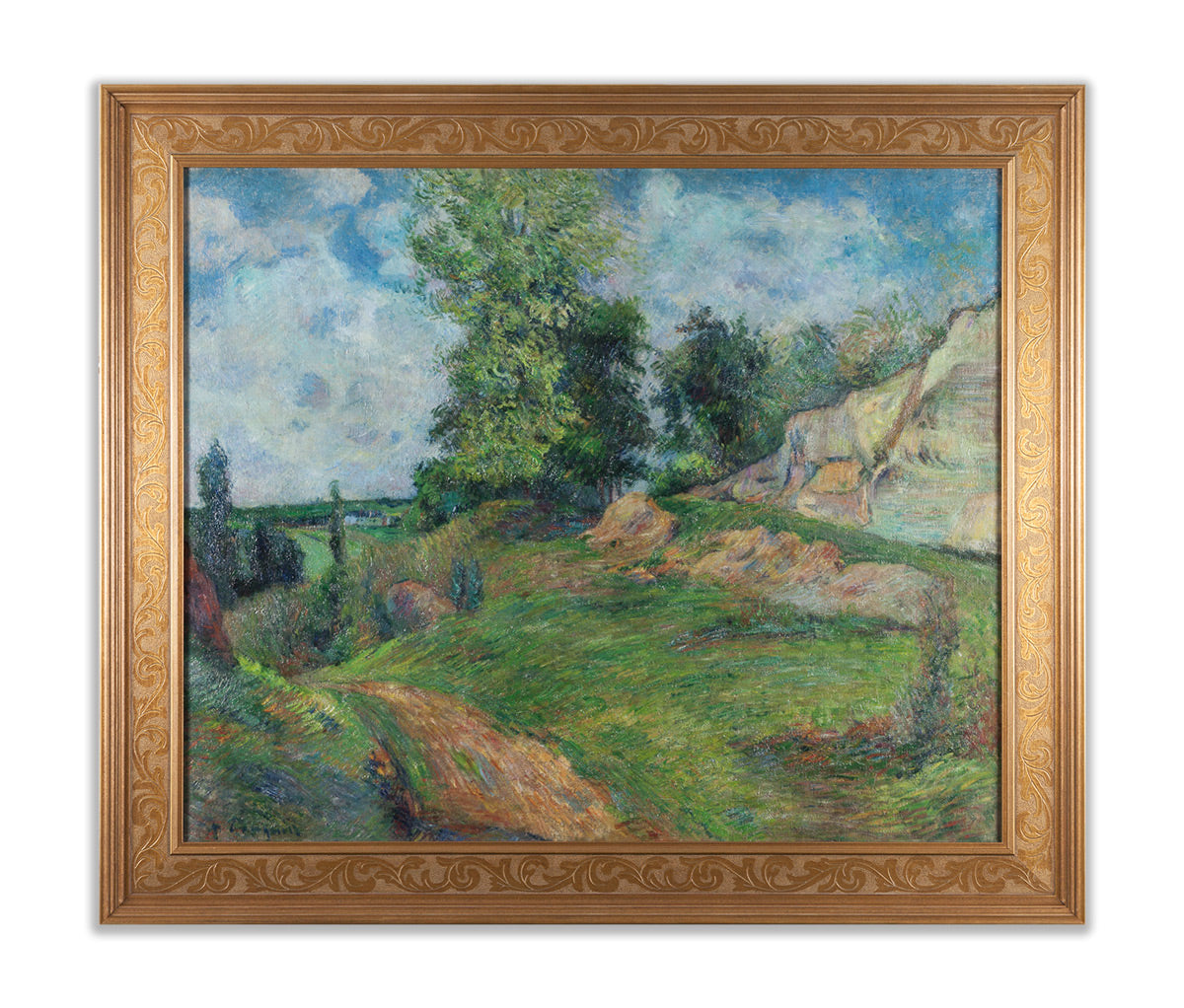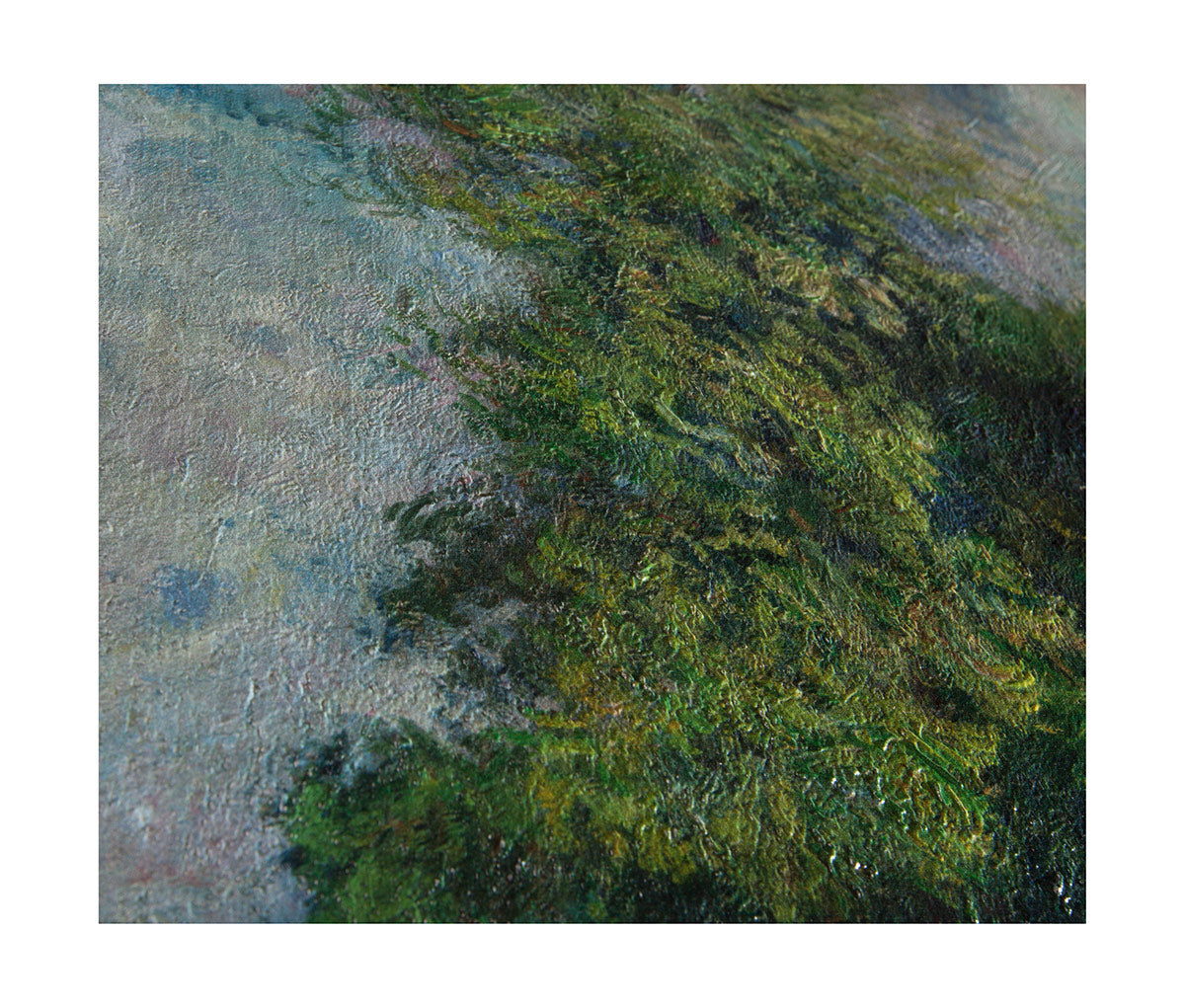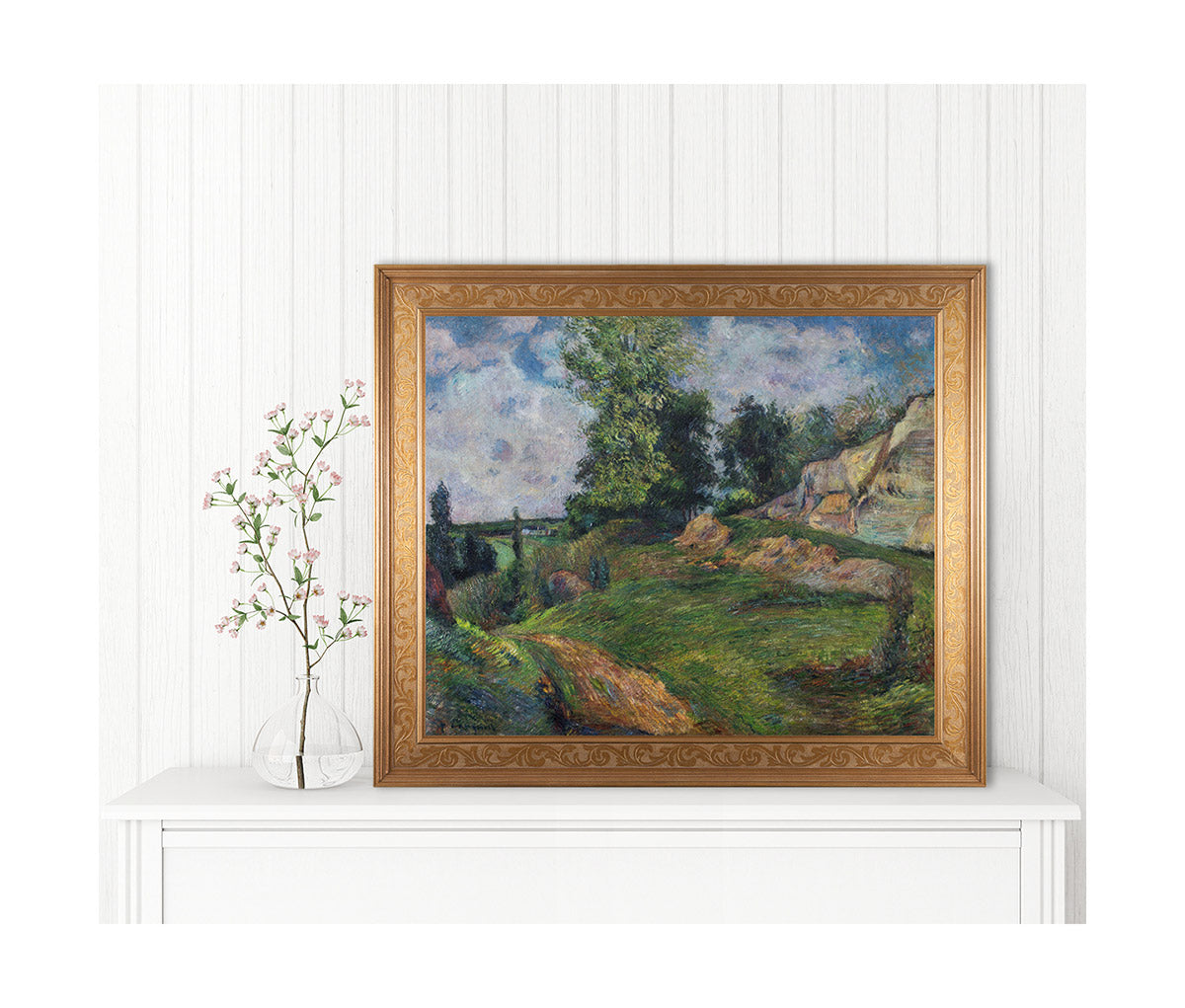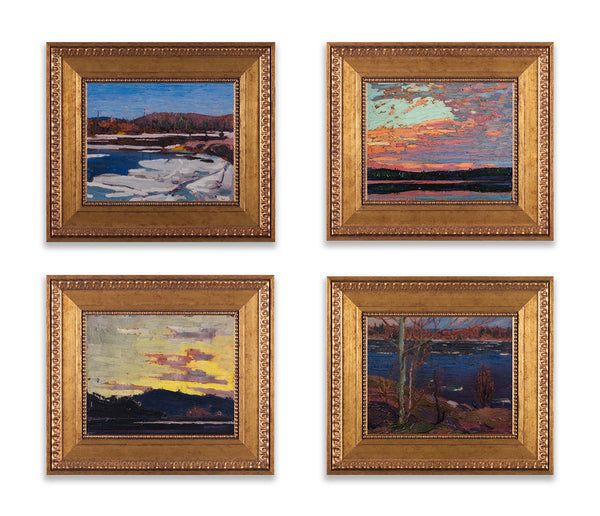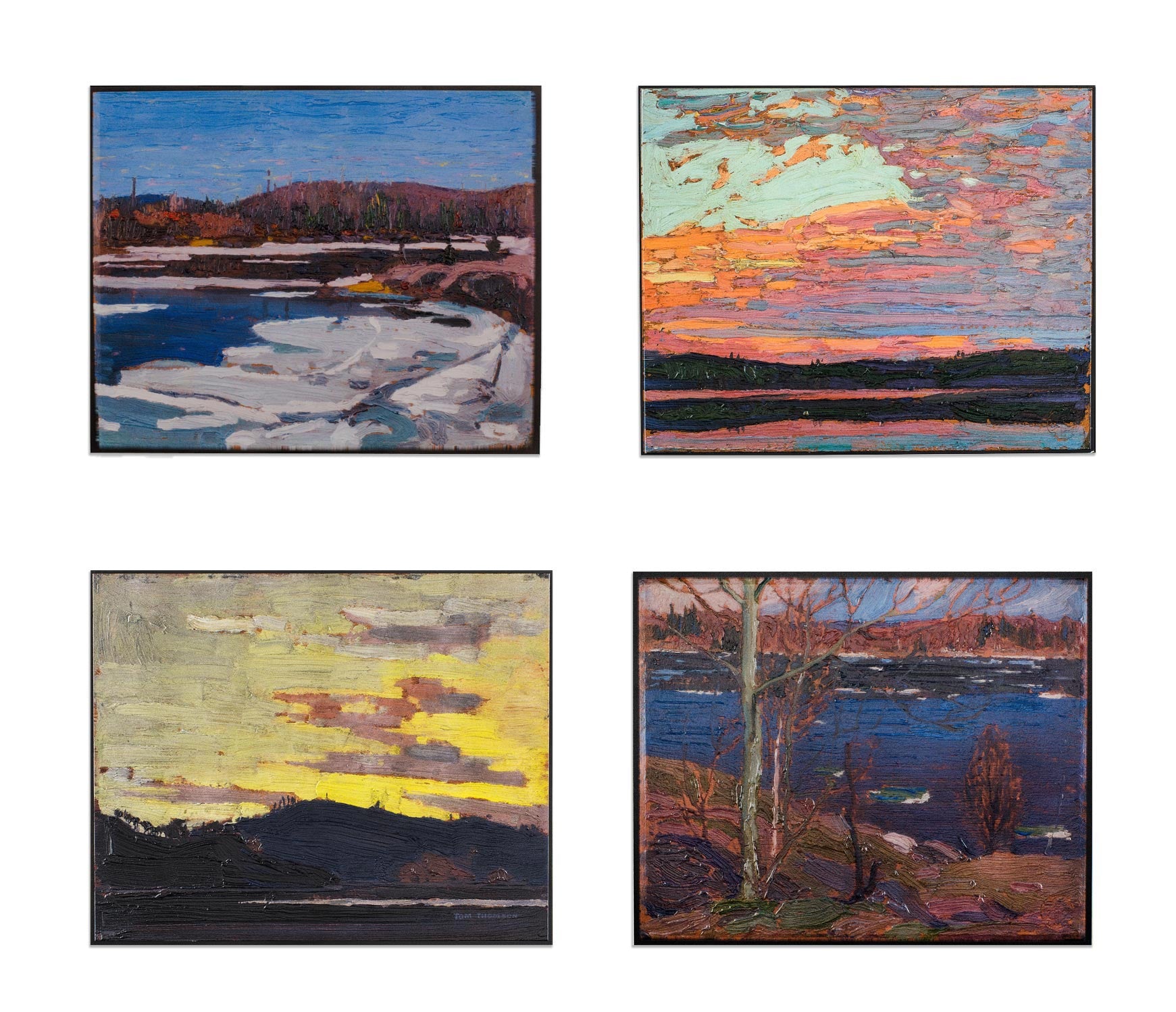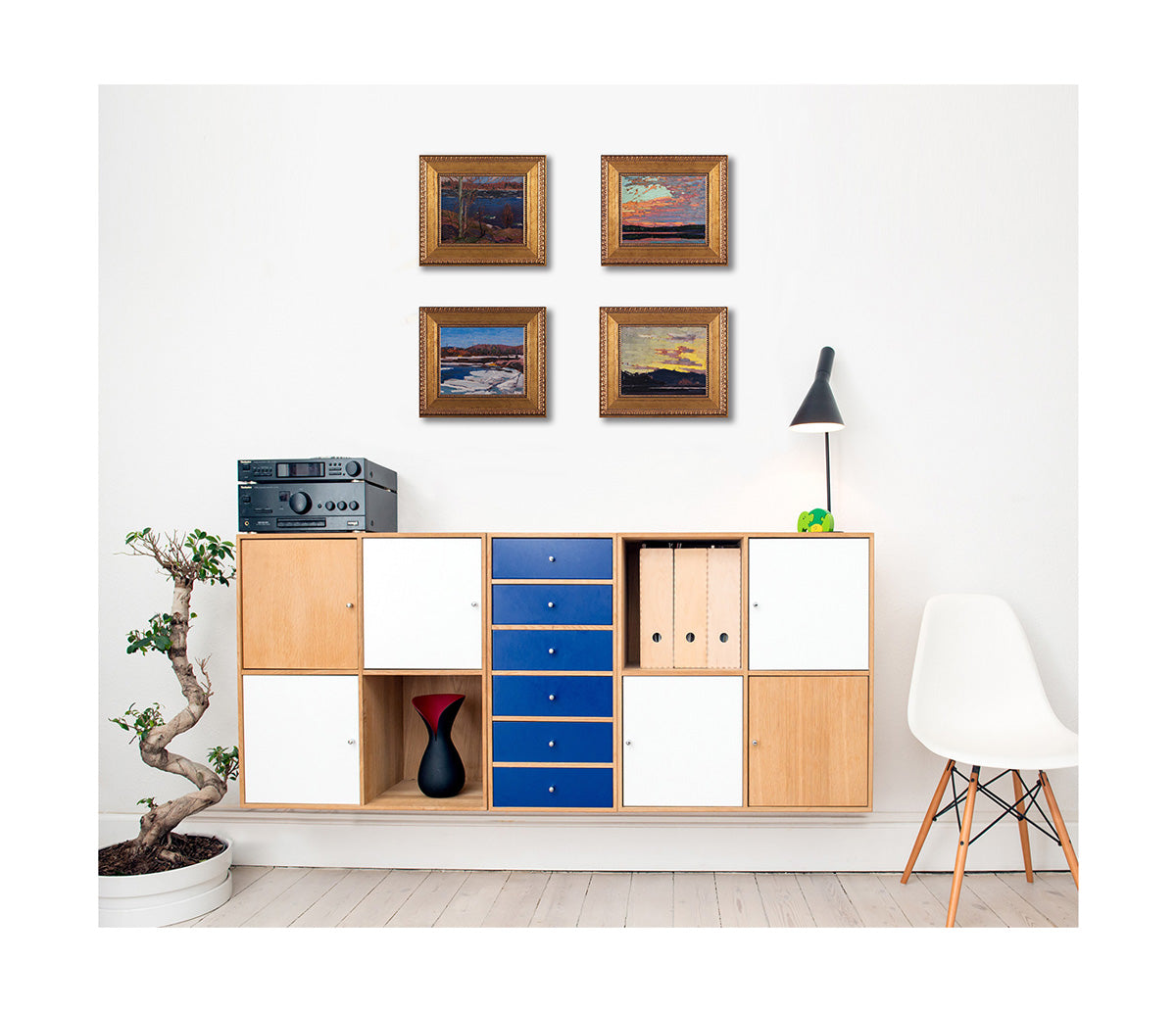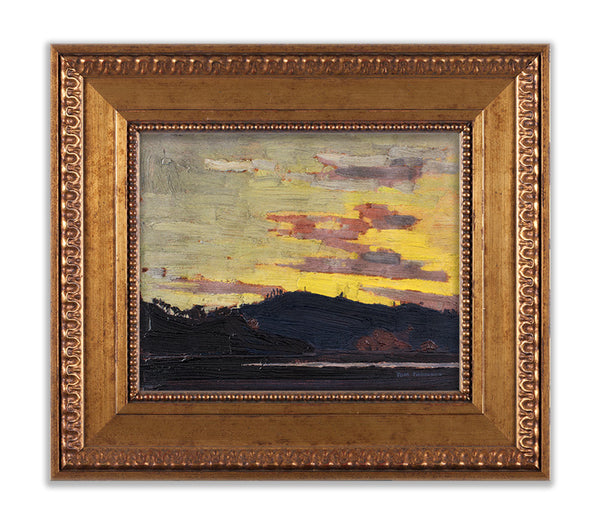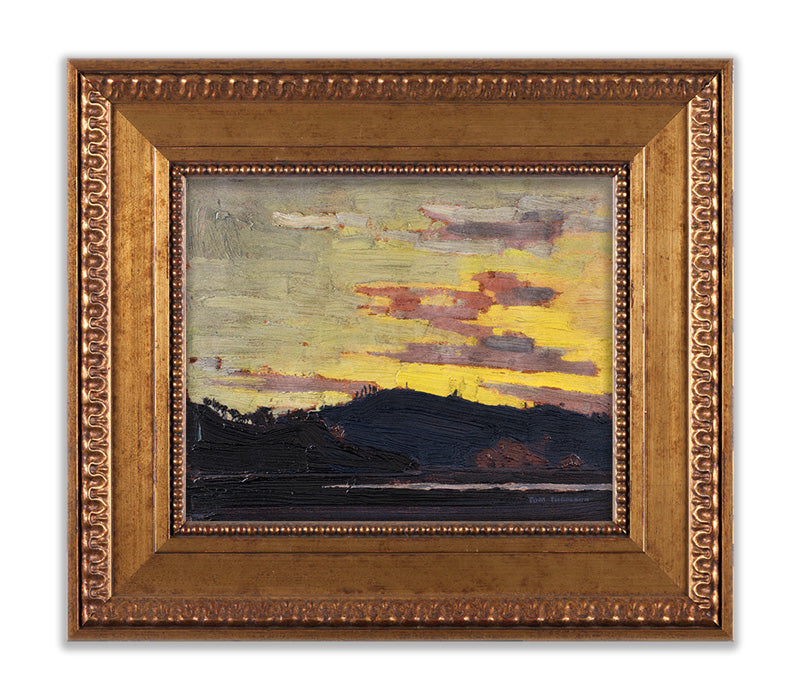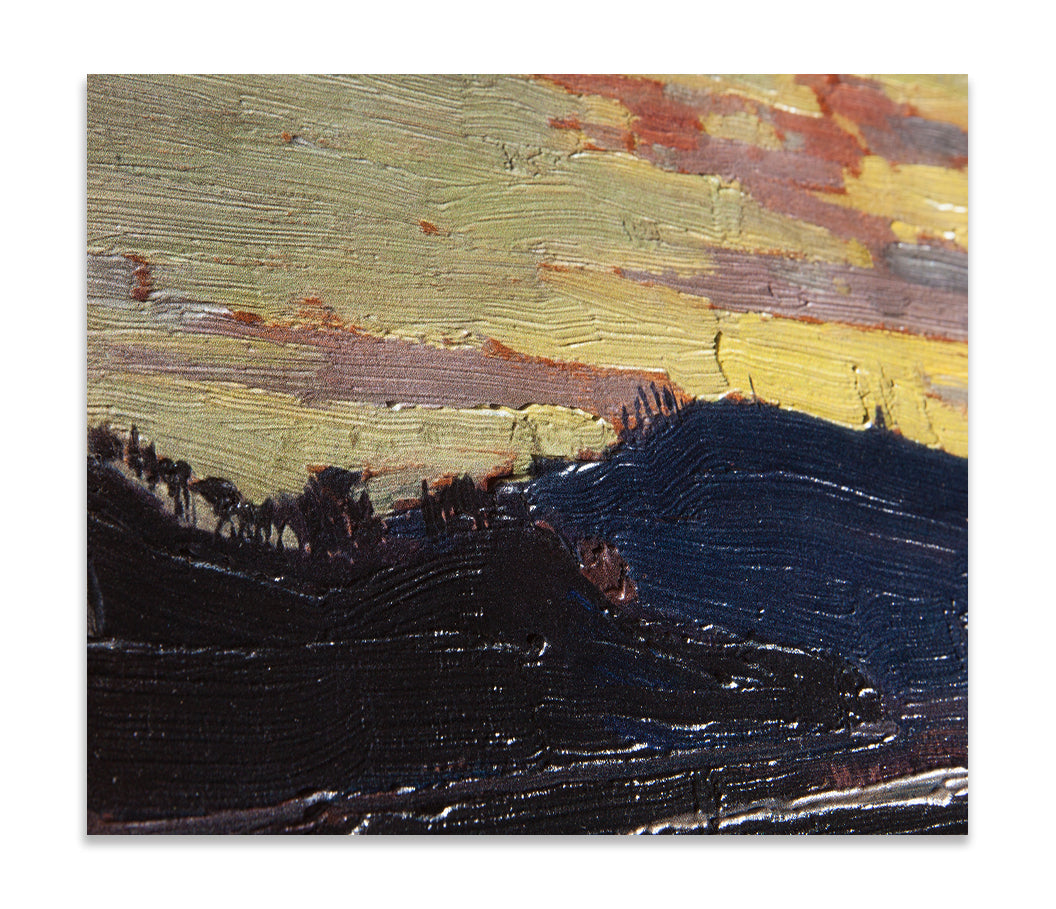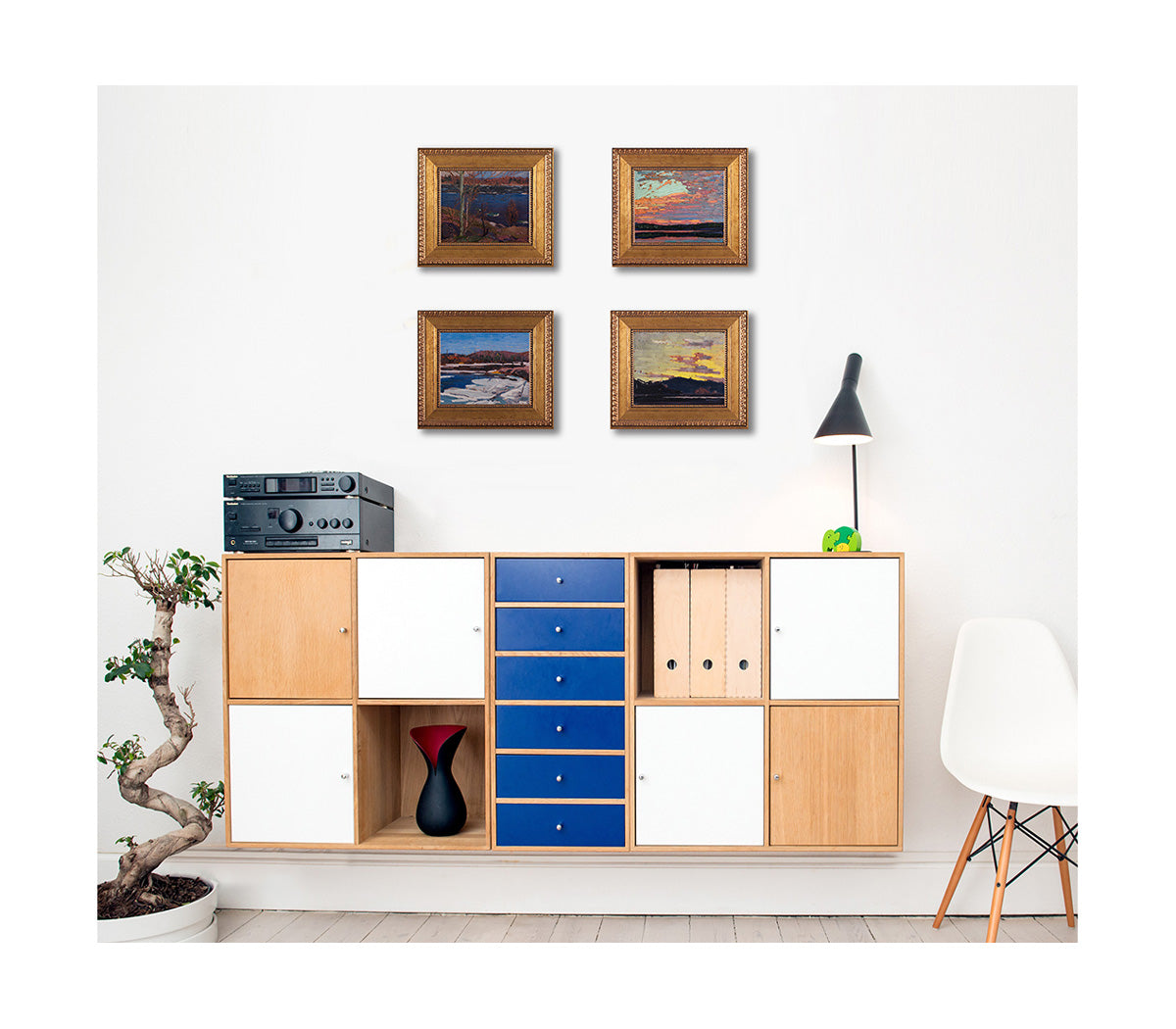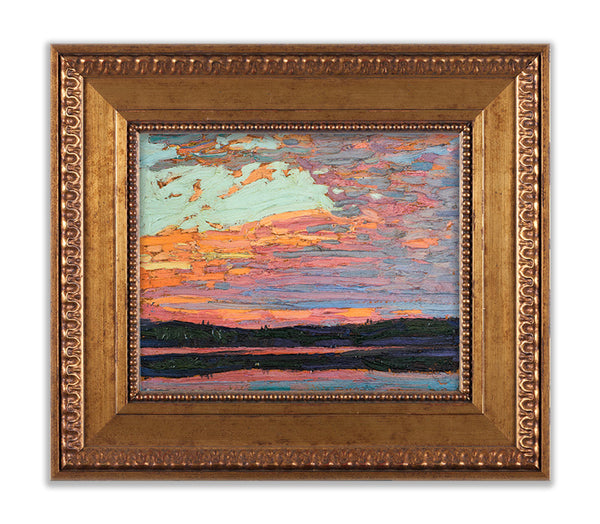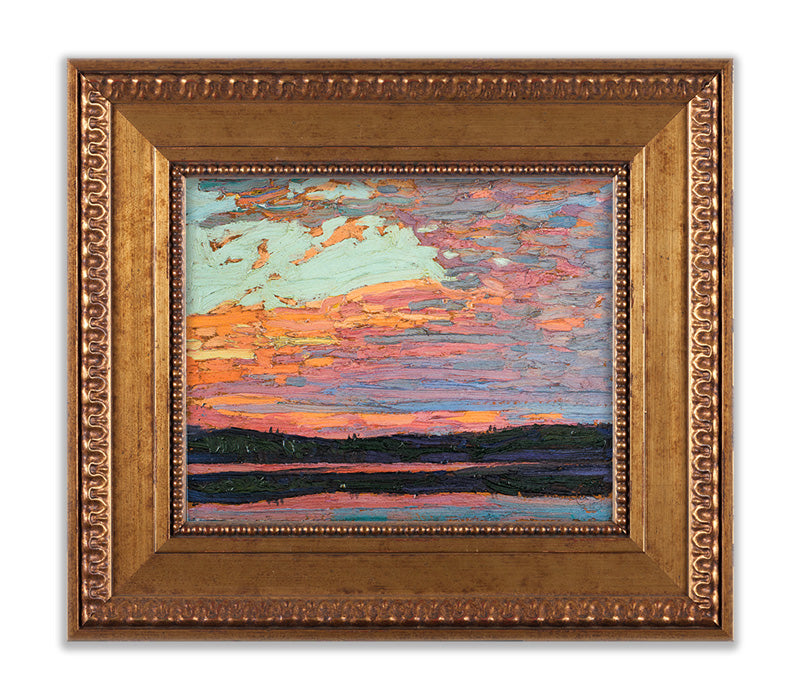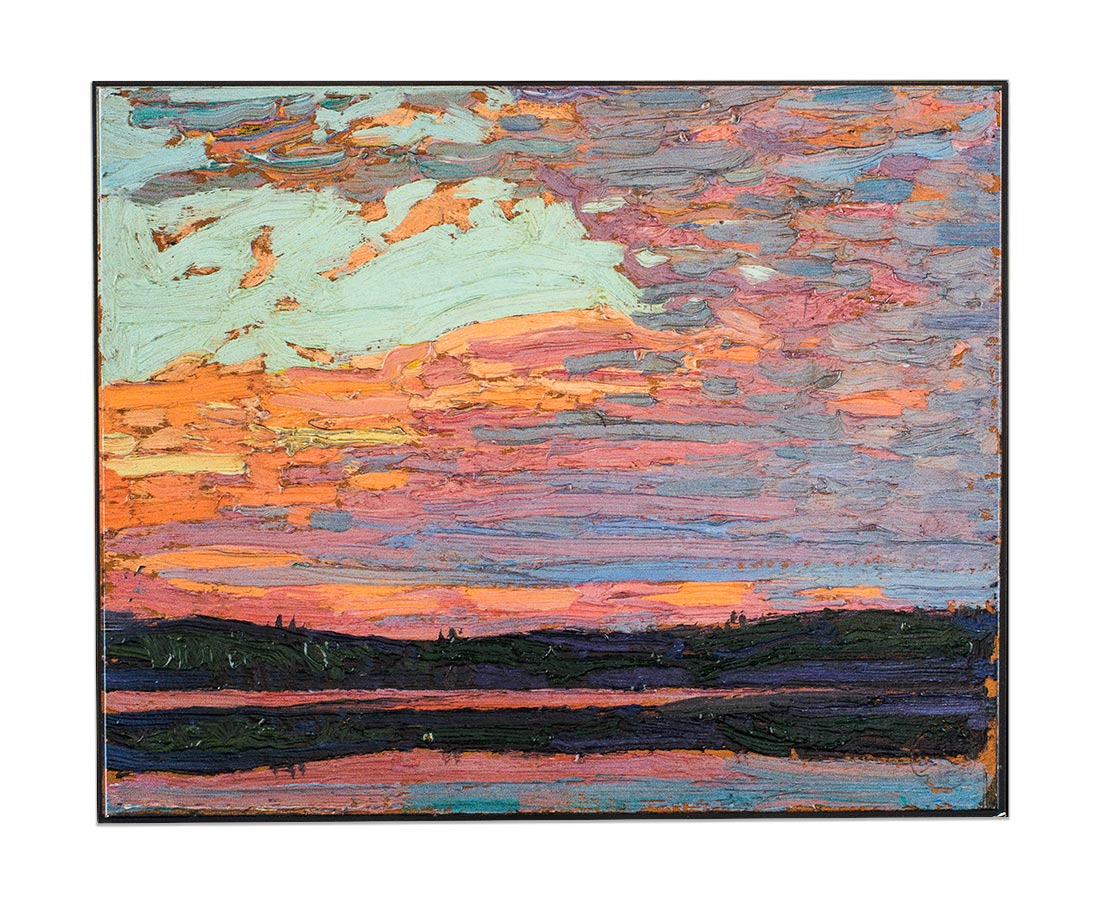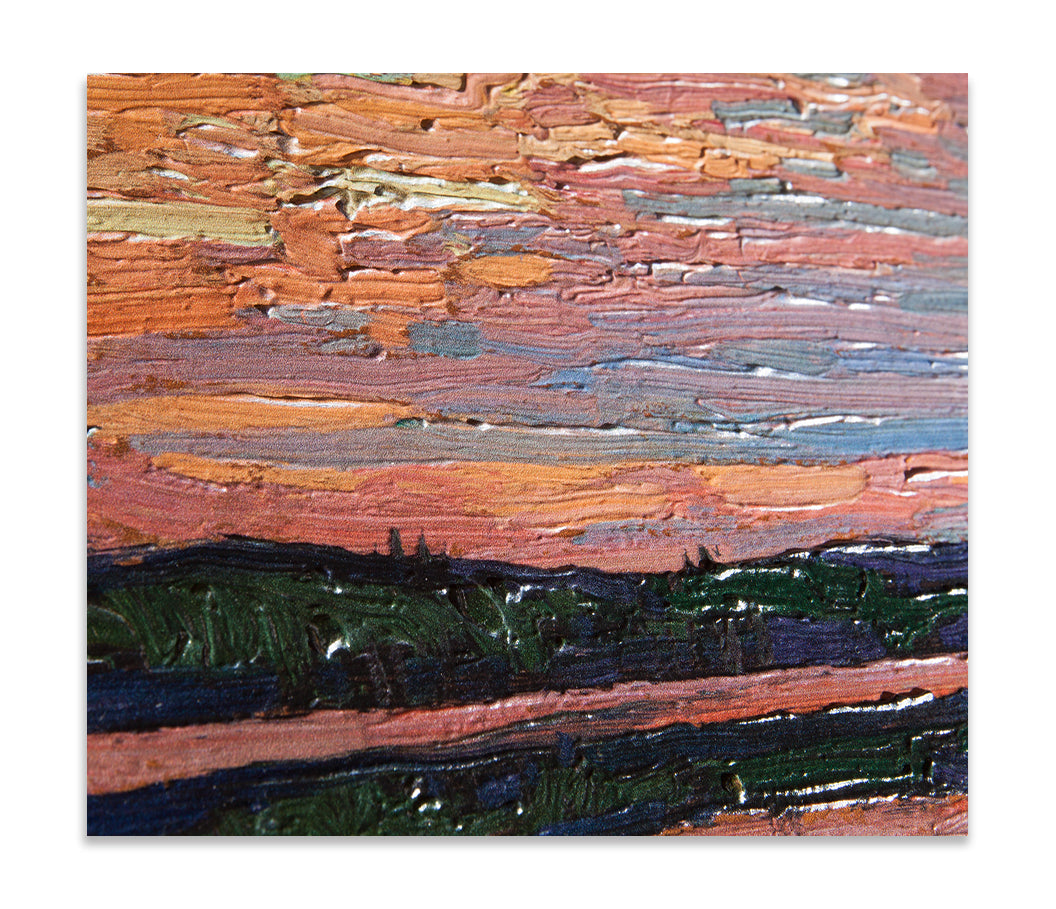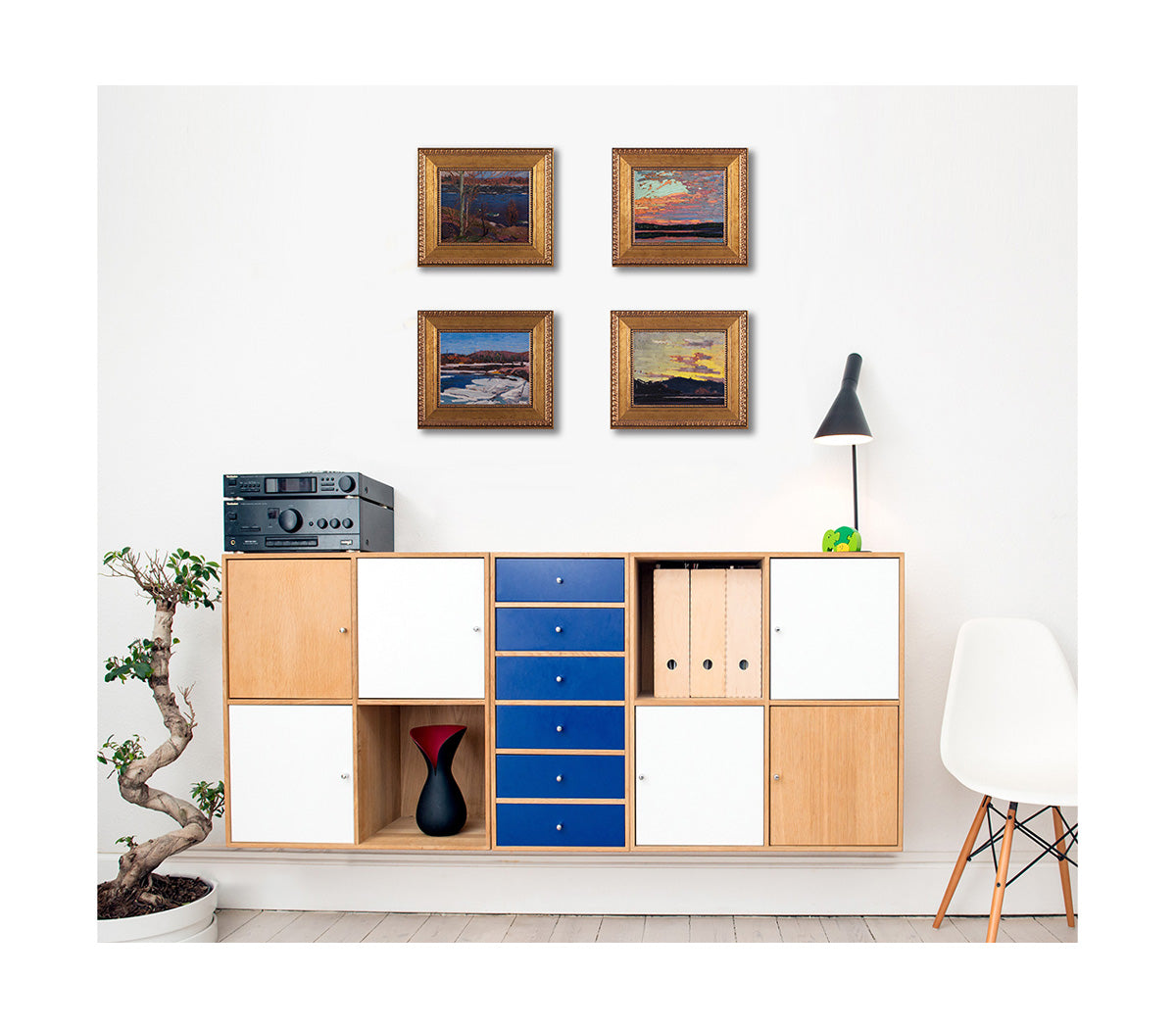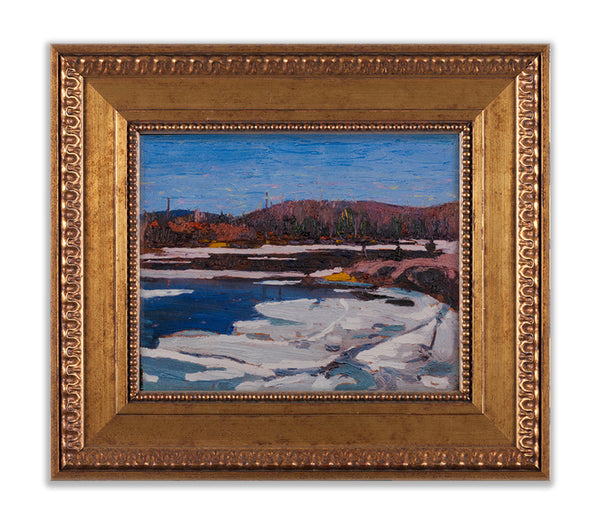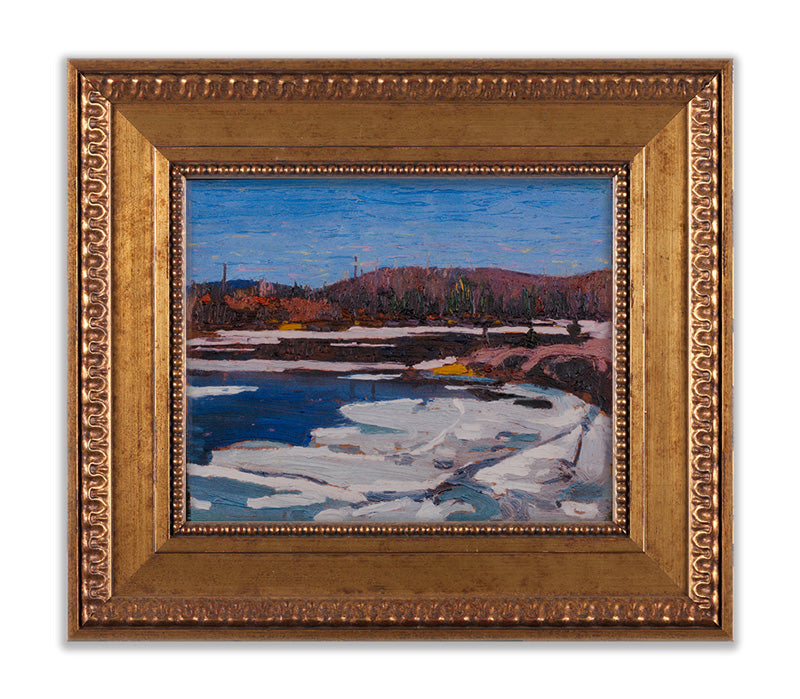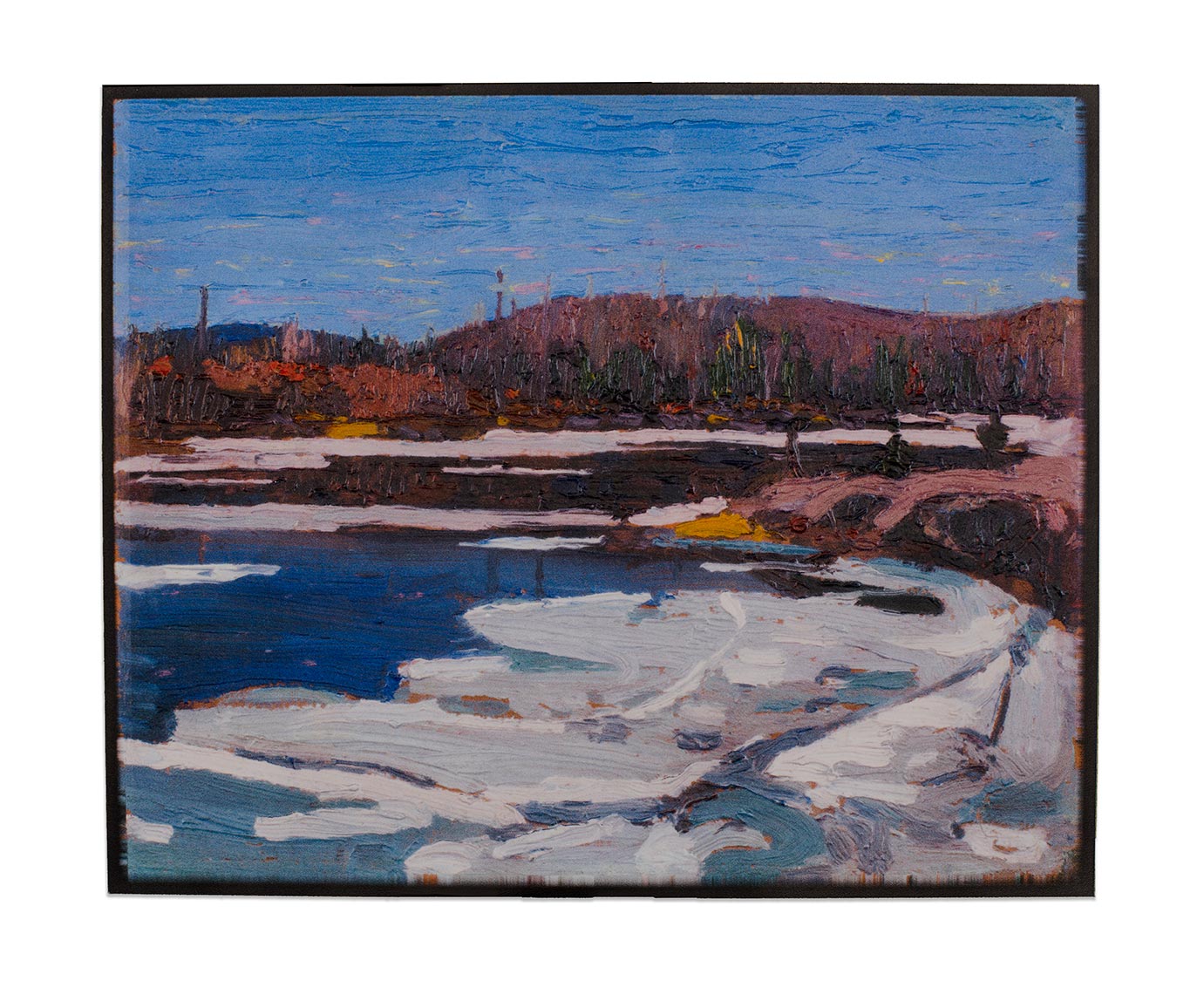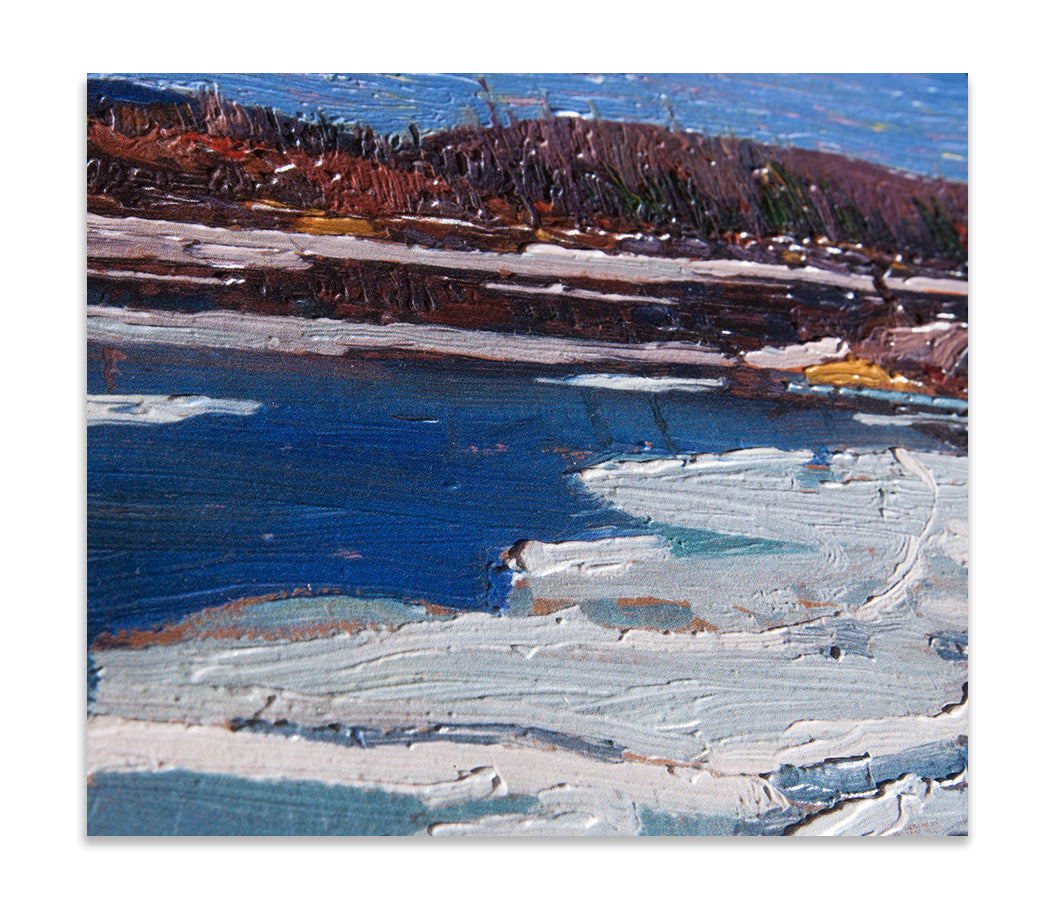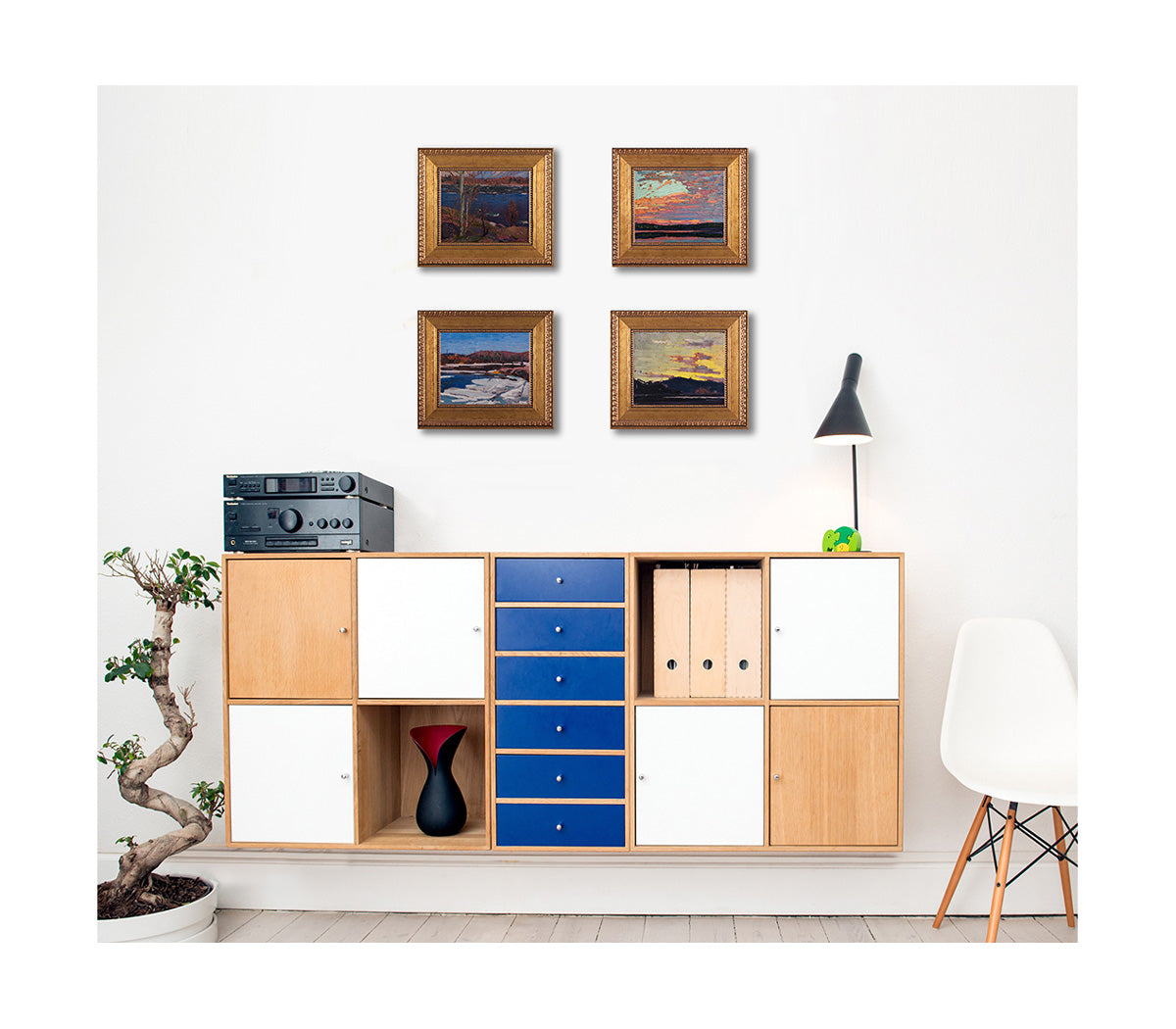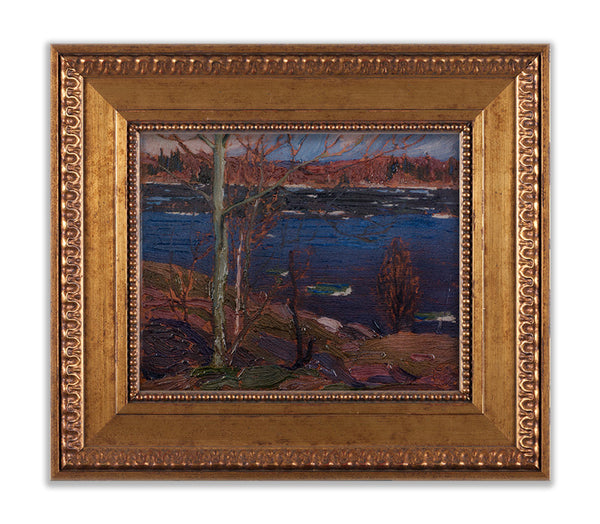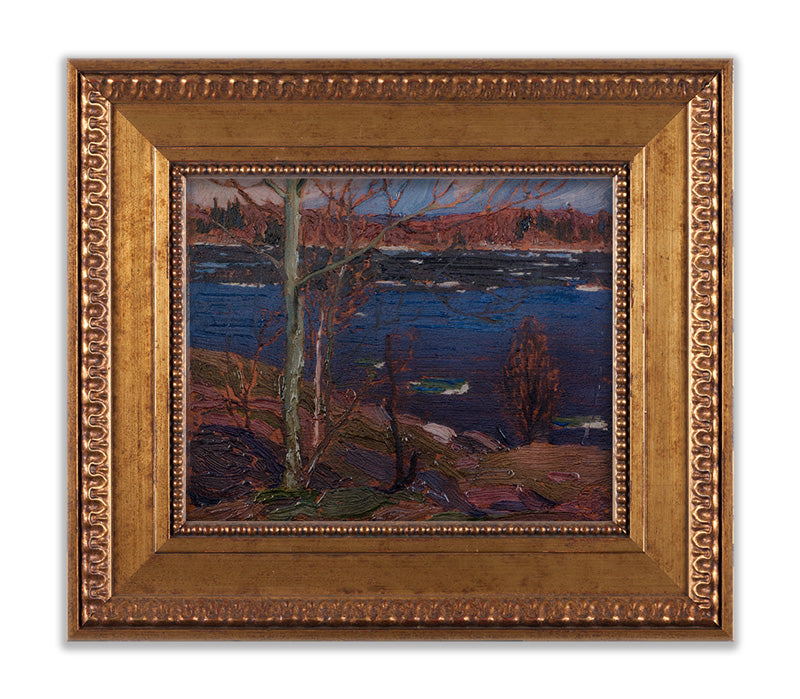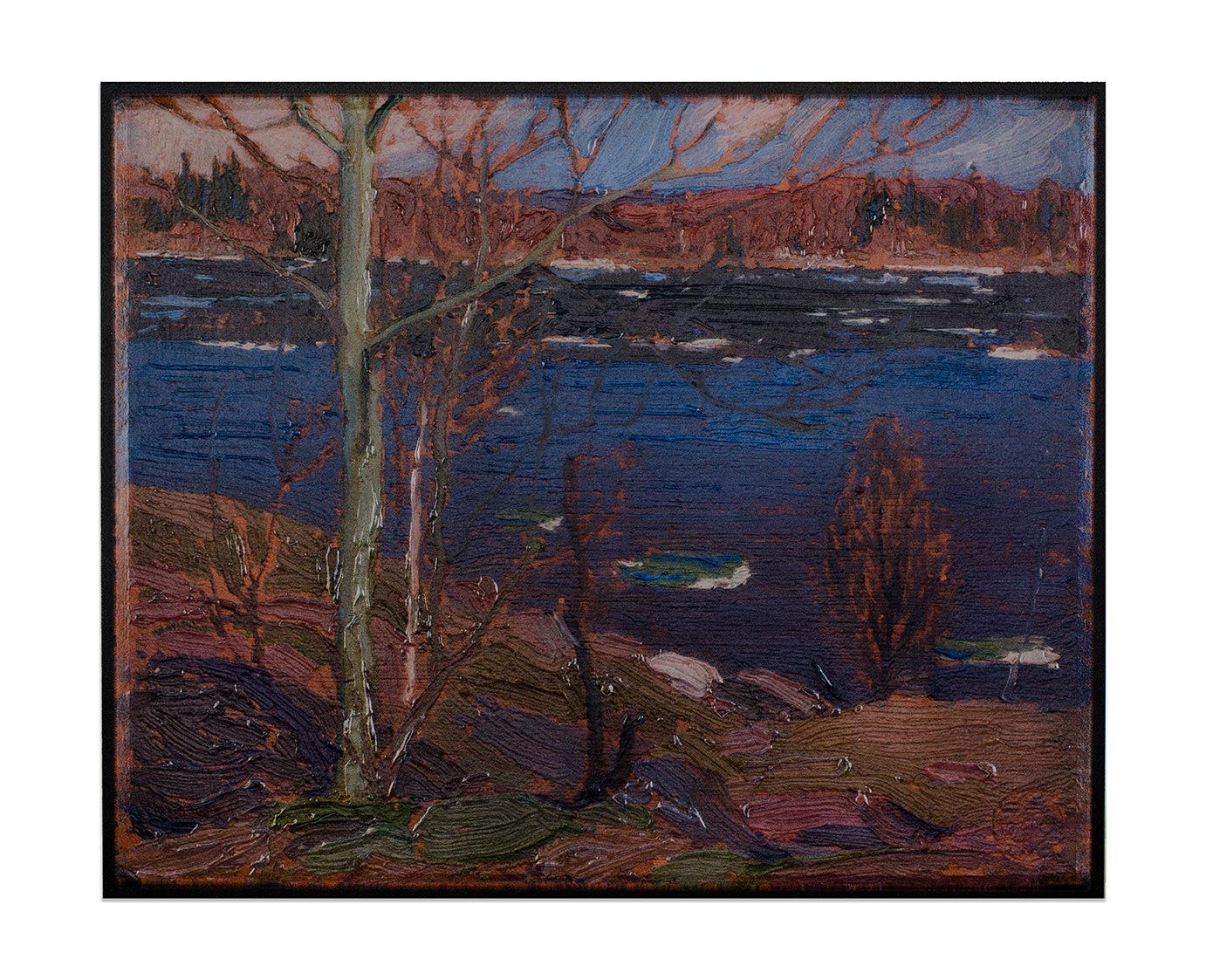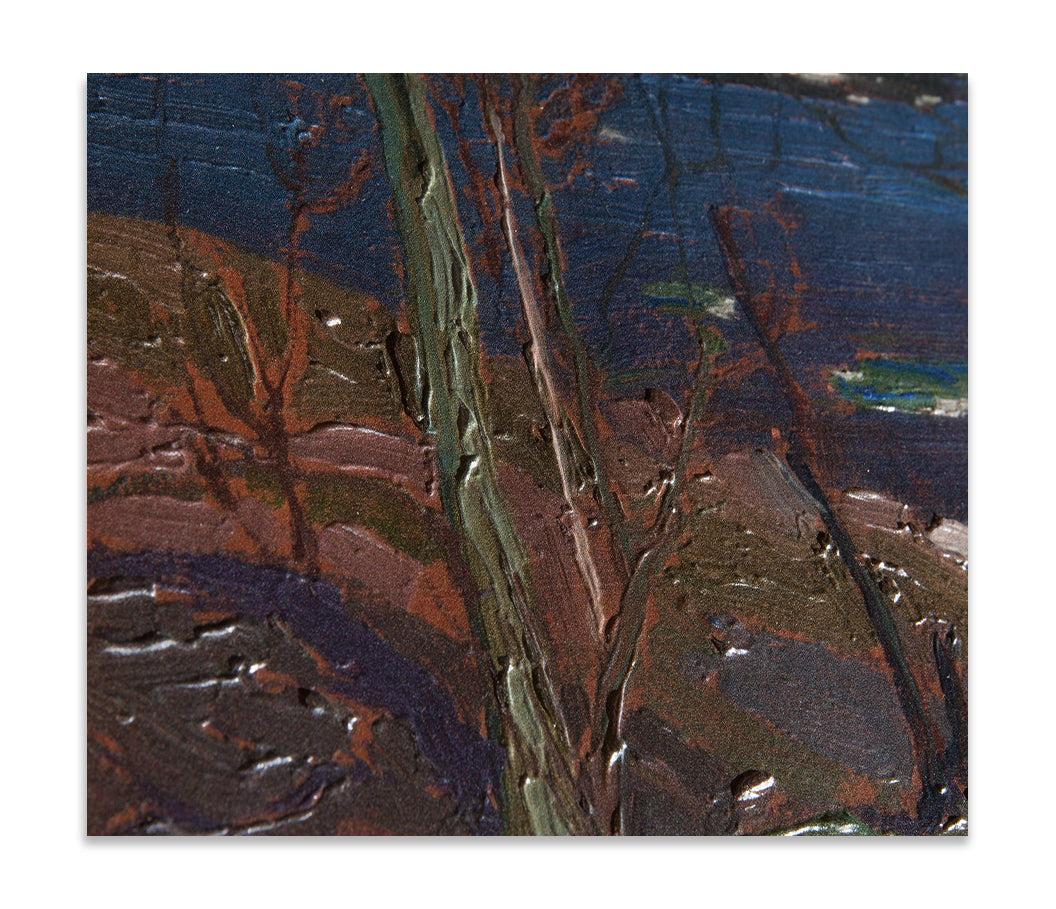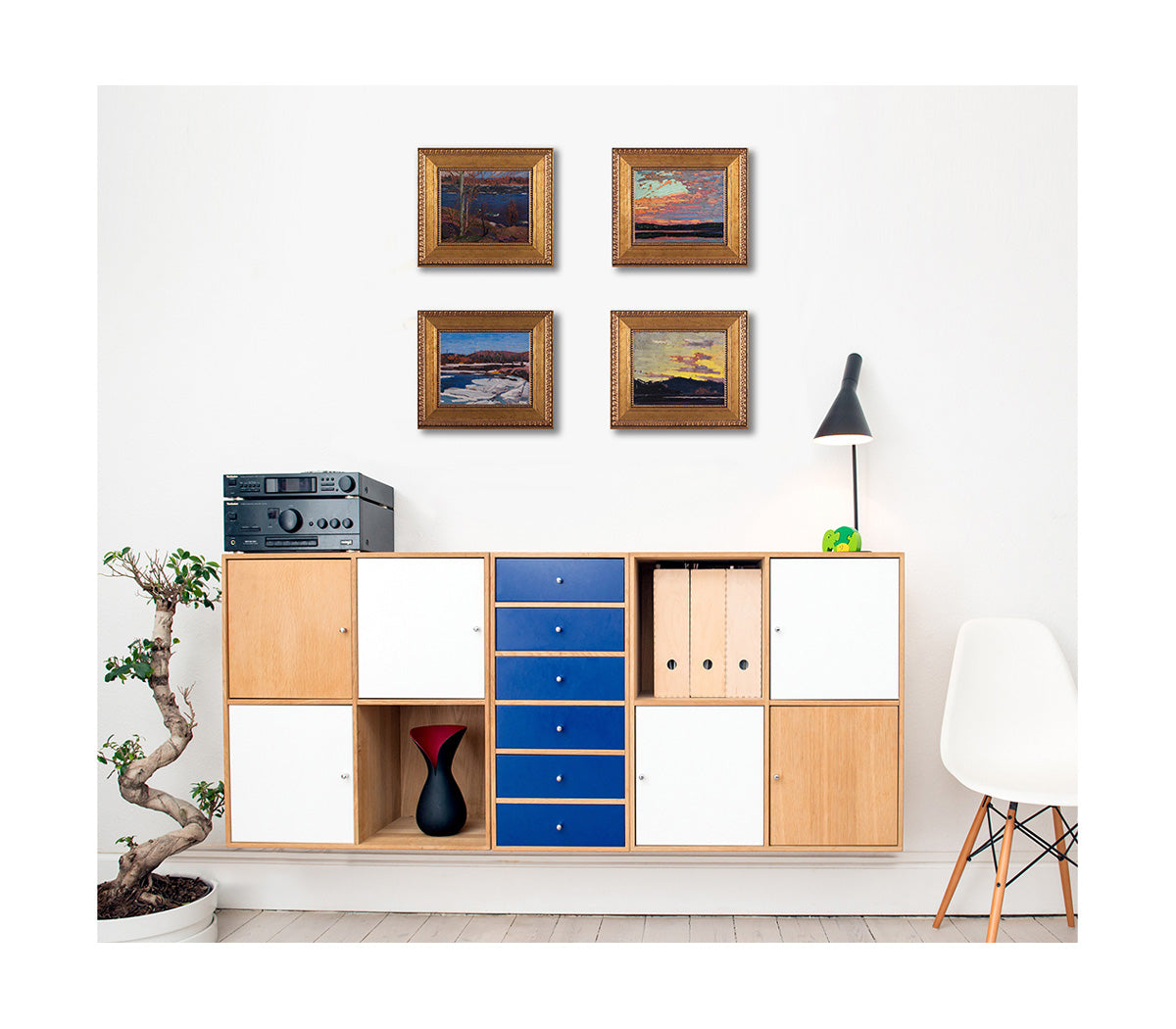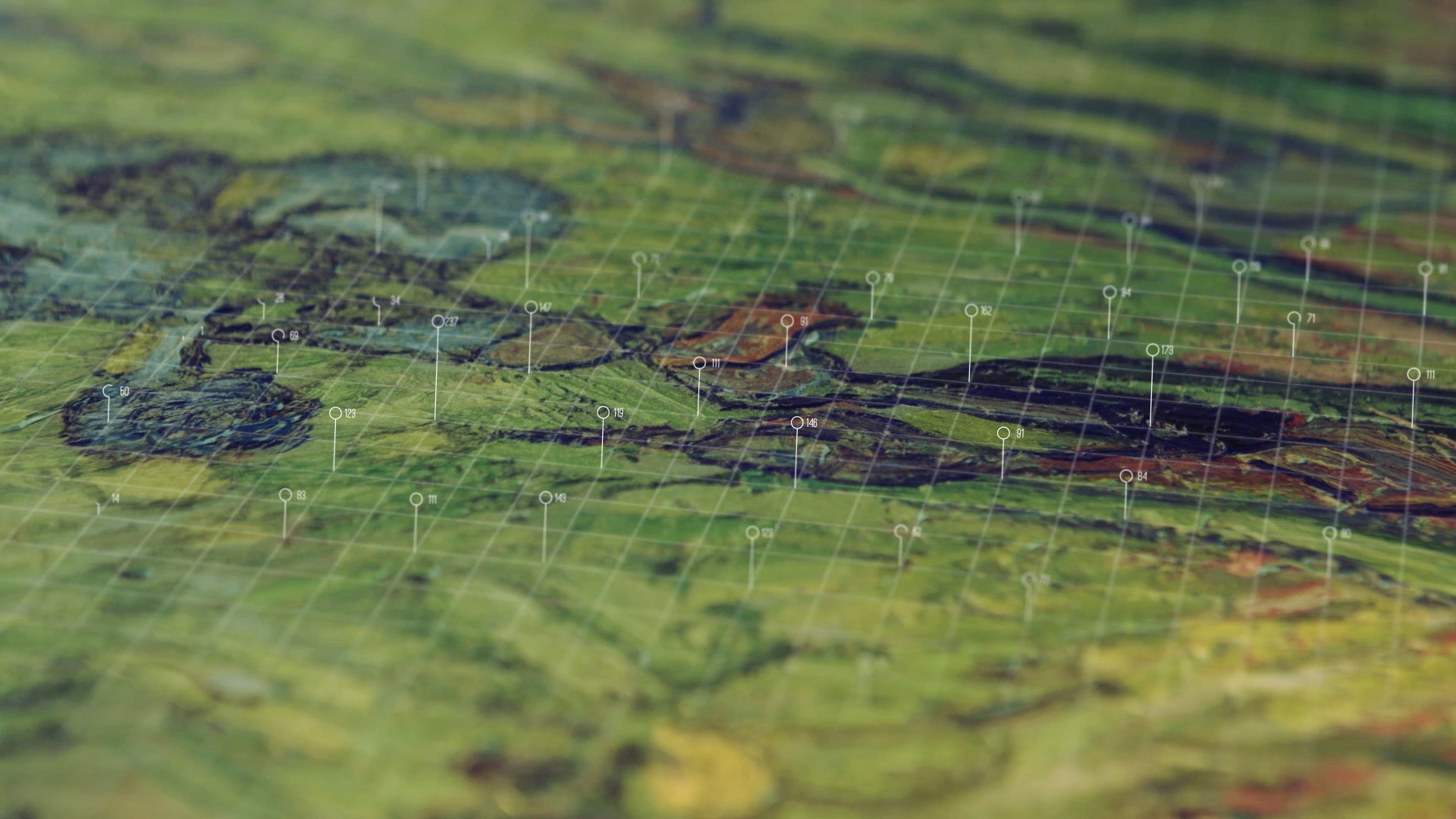Making Art Accessible
Through the Verus Art brand, museums and contemporary artists can make their art more accessible than ever before thanks to our ability to transform our data sets into high-fidelity, textured replications. An art experience above and beyond giclée or inkjet printing, we are poised to become the reprographic platform of choice.
Featured collection
When digitizing works by great masters, like Van Gogh and Monet, we worked closely with Stephen Gritt, Director of Conservation and Technical Research, and his team to refine our system to securely and safely hold paintings which are priceless.
Our image processing team then used our Digital Master Files to generate 3D renders of each painting, which allowed the Gallery to create digital back-ups of the scanned artworks then effectively ‘re-create’ the brushstrokes of some of the world’s most loved artists.
Just as every art piece is unique, so is every restoration, conservation or authentication project. Arius Art Data Consulting can work with you to ensure your project benefits from the most sophisticated data capture technology available in the art world.
The foundations of our technology lie in an NRC (National Research Council of Canada) project to forensically analyze the Mona Lisa at The Louvre. Since then, our engineers have spent years perfecting world-leading art data technology to accurately, simultaneously, capture in each pixel the surface geometry and colour of art objects. Capturing data points to sub 10 microns of an individual brush stroke, our data sets reveal information that’s invisible to the human eye.
We have worked with Tate Britain and the National Gallery of Canada to utilize these rich data sets to aid conservation projects and restore works damaged over time. Our process of handling precious art pieces, and our proprietary non-contact robotic data capture system, have been developed in conjunction with conservation experts to ensure the safekeeping of precious works of art.
Research and Collaboration
Technology is transforming art conservation and restoration.
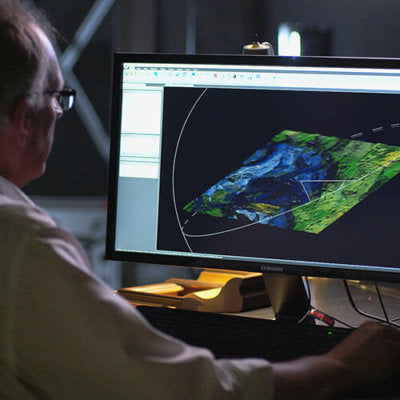
Digital Art Bank
Arius is working to set new industry standards in digital archiving of fine art. Far beyond current condition report standards, Arius can accurately map both geometry and colour values for millions of data points creating an accurate digital record which can be pulled for comparison in years to come. If a painting is lost to fire or flood there will be a highly accurate digital record that ensures the cultural significance of a piece is not entirely lost. Banking high-quality data sets enables future restoration and preservation.

Authentication
One of our future initiatives is to create an industry standard secure digital signature for authentication of art – the art equivalent of a VIN number on a classic car. This could underpin essential provenance records that are in demand more than ever before.
Our technology would enable authentication without the need for a physical tag or any surface contact, useful for both historical and contemporary art at risk of unauthorized reproduction.
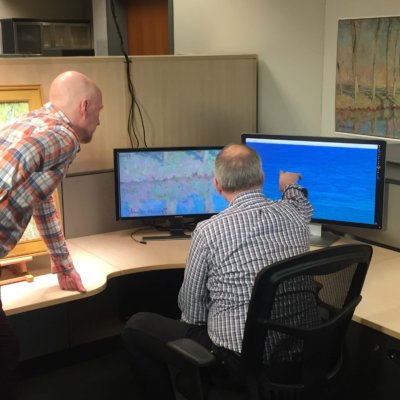
Conservation
Arius optical scanning and digitization can be used to inspect the fragile surfaces of masterpieces to identify early signs of degradation.
Each pixel simultaneously captures both colour and geometry, so there is no misalignment.
Changes in the paint surface due to deterioration or damage from smoke can be detected even when it can’t be seen by the human eye.
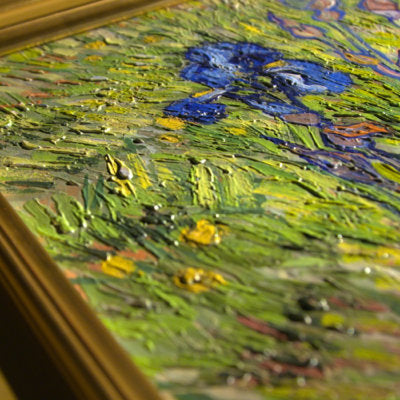
Preservation
Using the precision and accuracy of Arius data sets, combined with our expertise in elevated printing technology, near perfect reproductions are now possible.
This enables museums and collectors to display, or work with, accurate representations of art without risking damage to the originals. This also has the potential to enable more innovative art exhibitions in situations where it is impossible for the original to leave a secure facility.
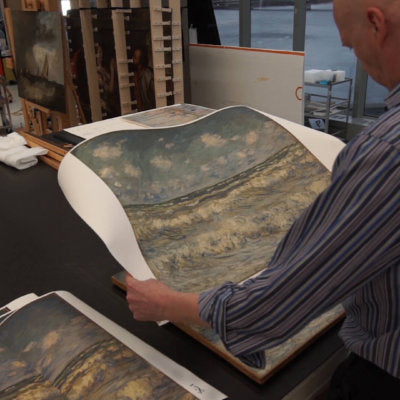
Restoration
When a painting is badly damaged, or severely degraded, the risks associated with restoration increase significantly.
Conservators can utilize Arius’ data to plan solutions on digital models, which can also be prototyped with our textured reproduction capability.
By virtually restoring a painting without even touching its surface, Arius is creating a new paradigm for art restoration.
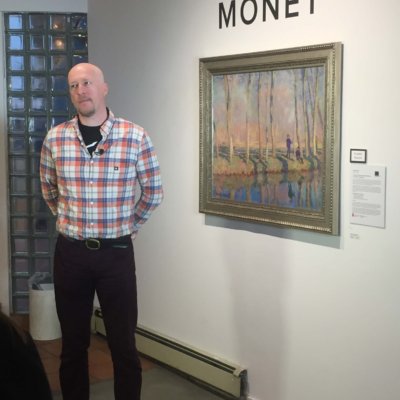
Watch the Video
In this video, Arius Technology’s Chief Technology Officer, Mike Jackson, and the National Gallery of Canada’s Director of Conservation and Technical Research, Stephen Gritt address the challenges of paint degradation with impressionist artwork. They discuss how they digitally restored a Claude Monet masterpiece and then produced a highly accurate textured reproduction capturing both the colour and geometry of Monet’s brushstrokes as they appeared on the day they were painted.
